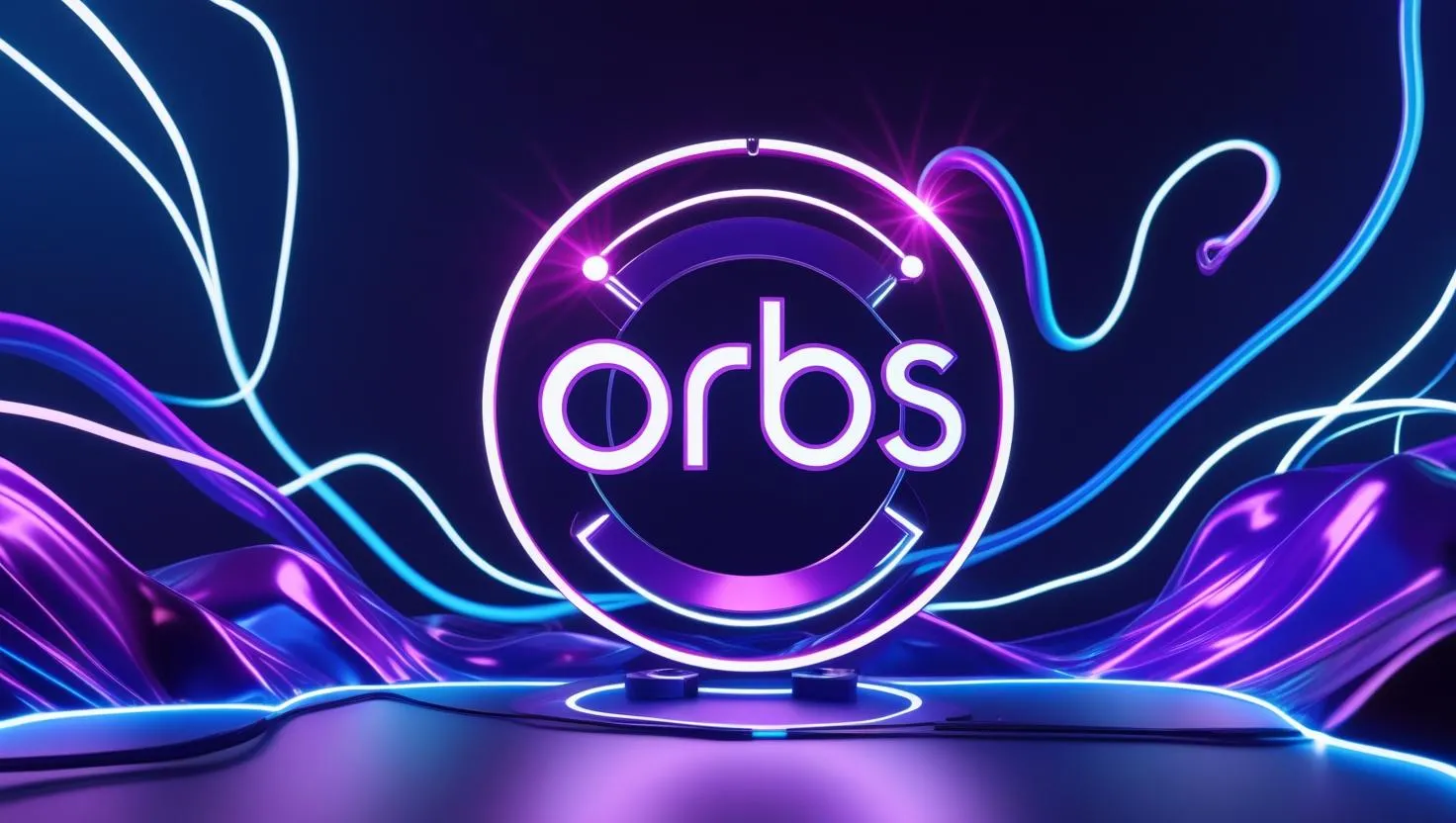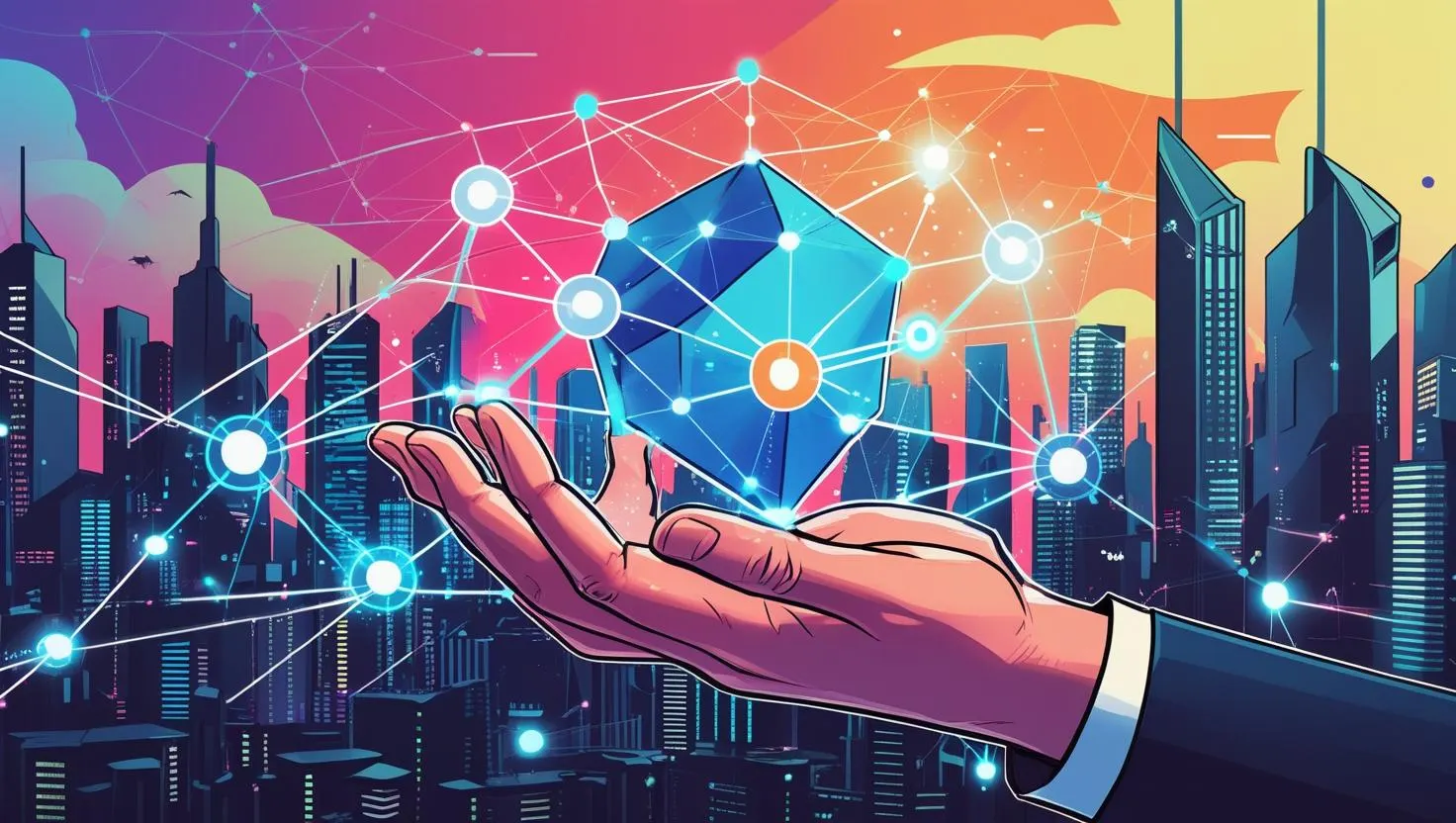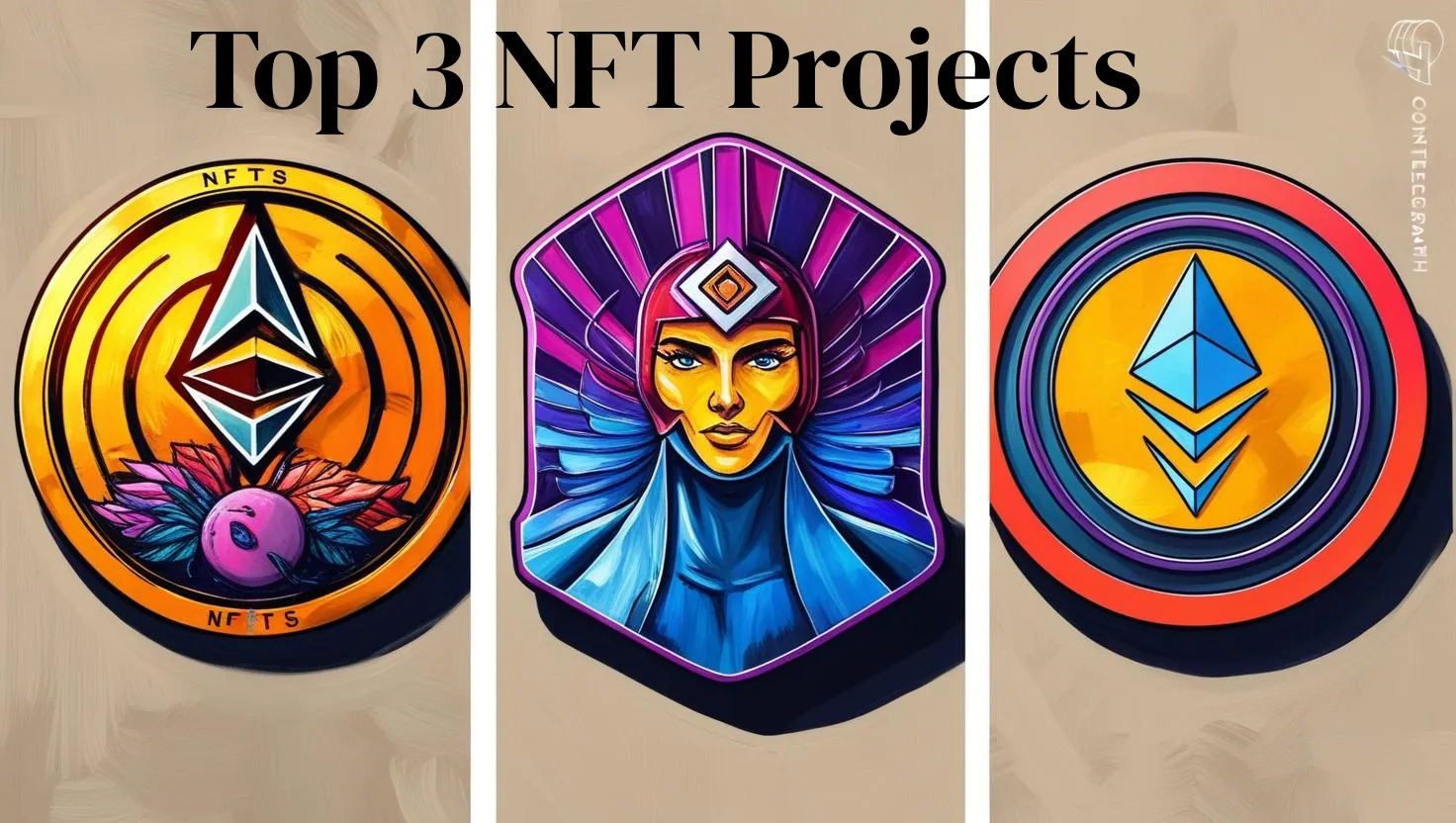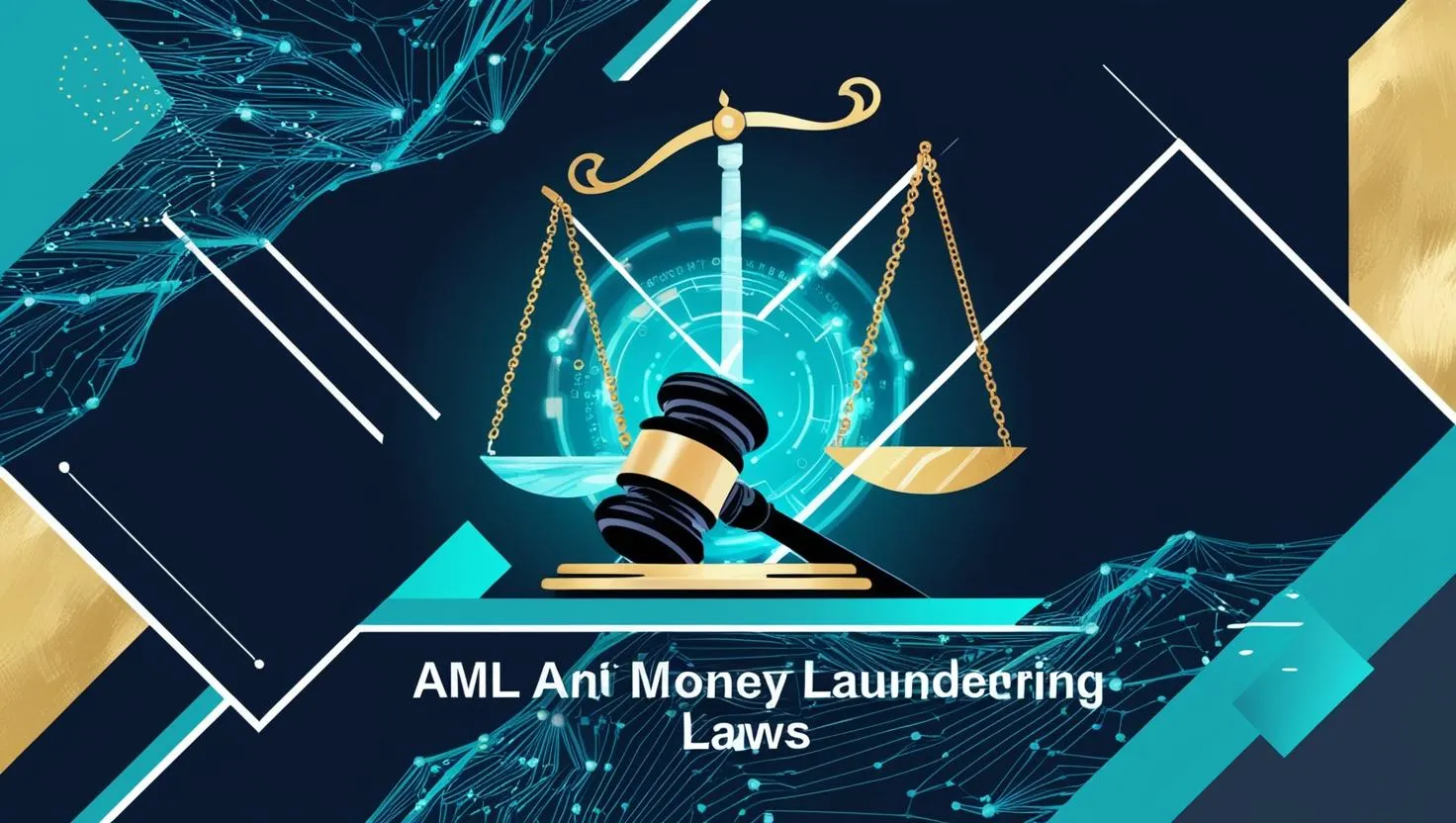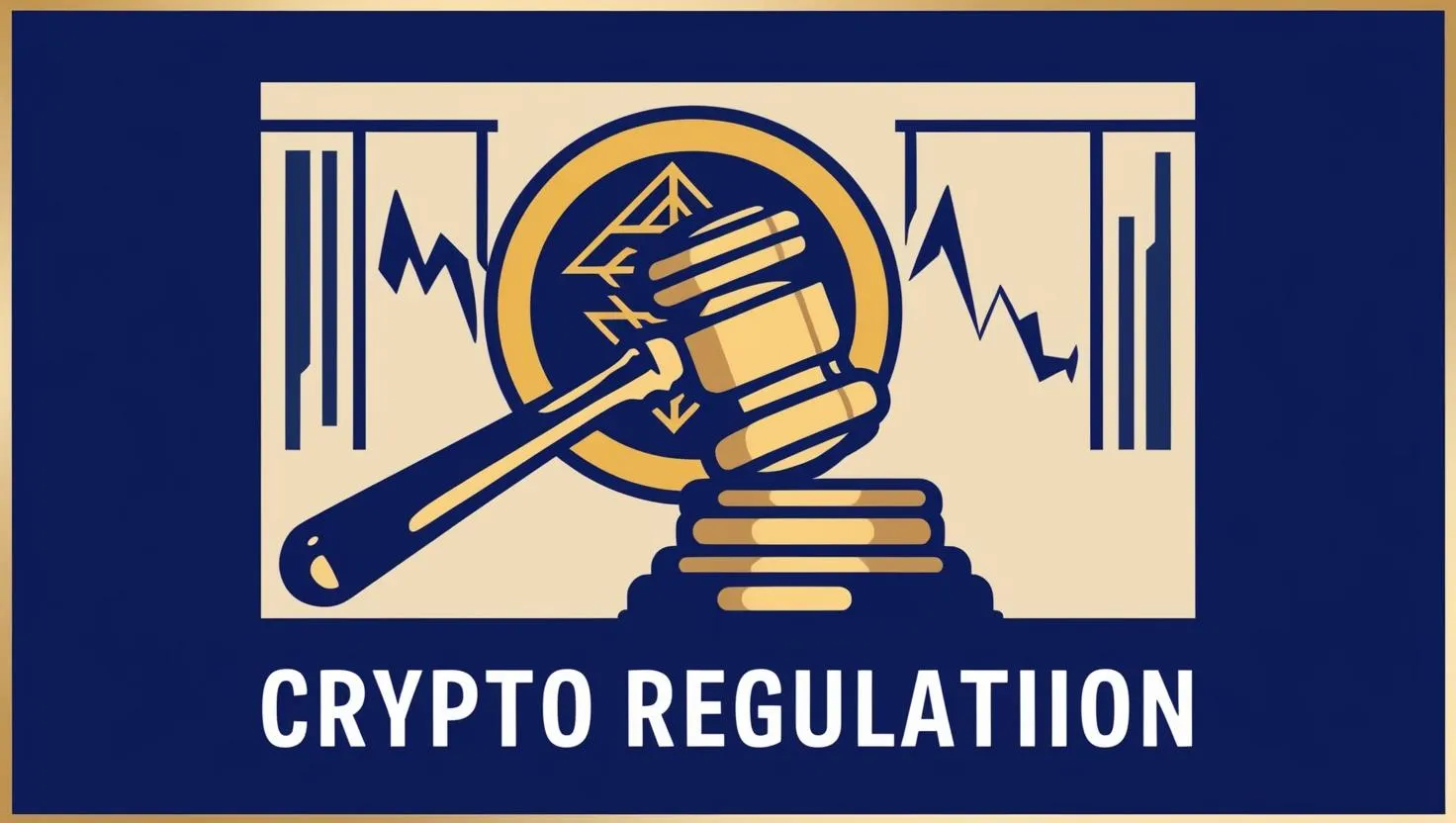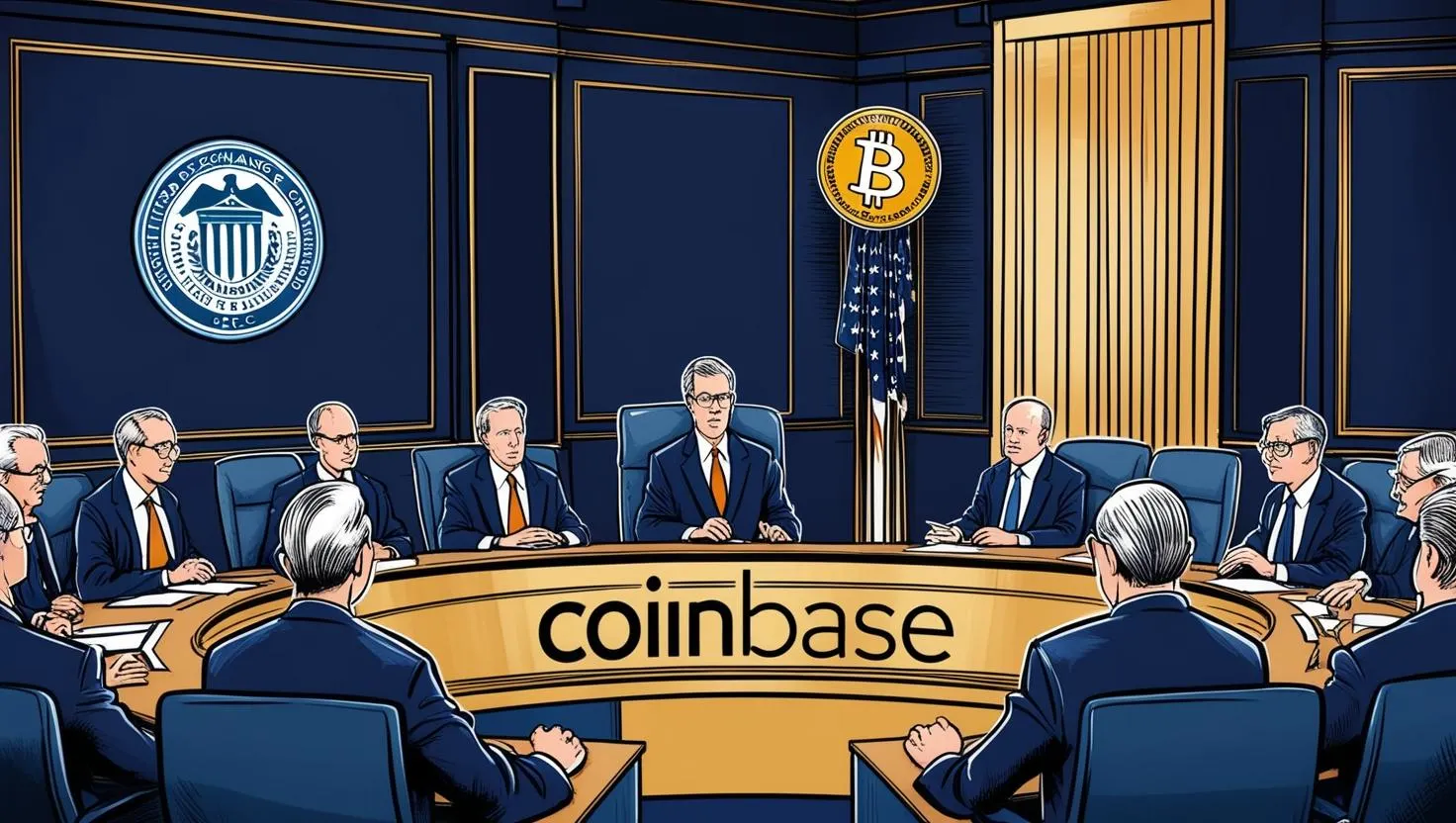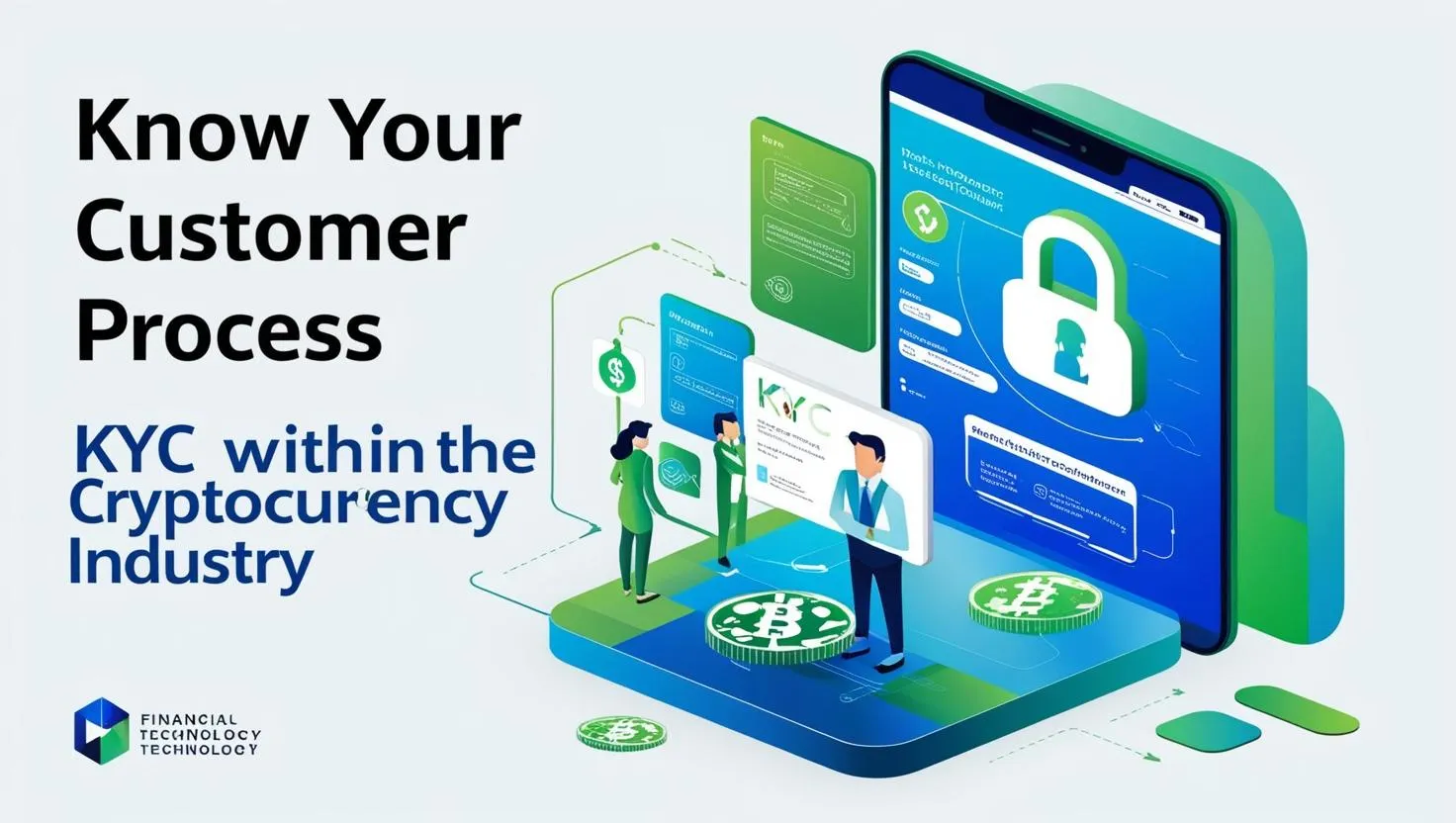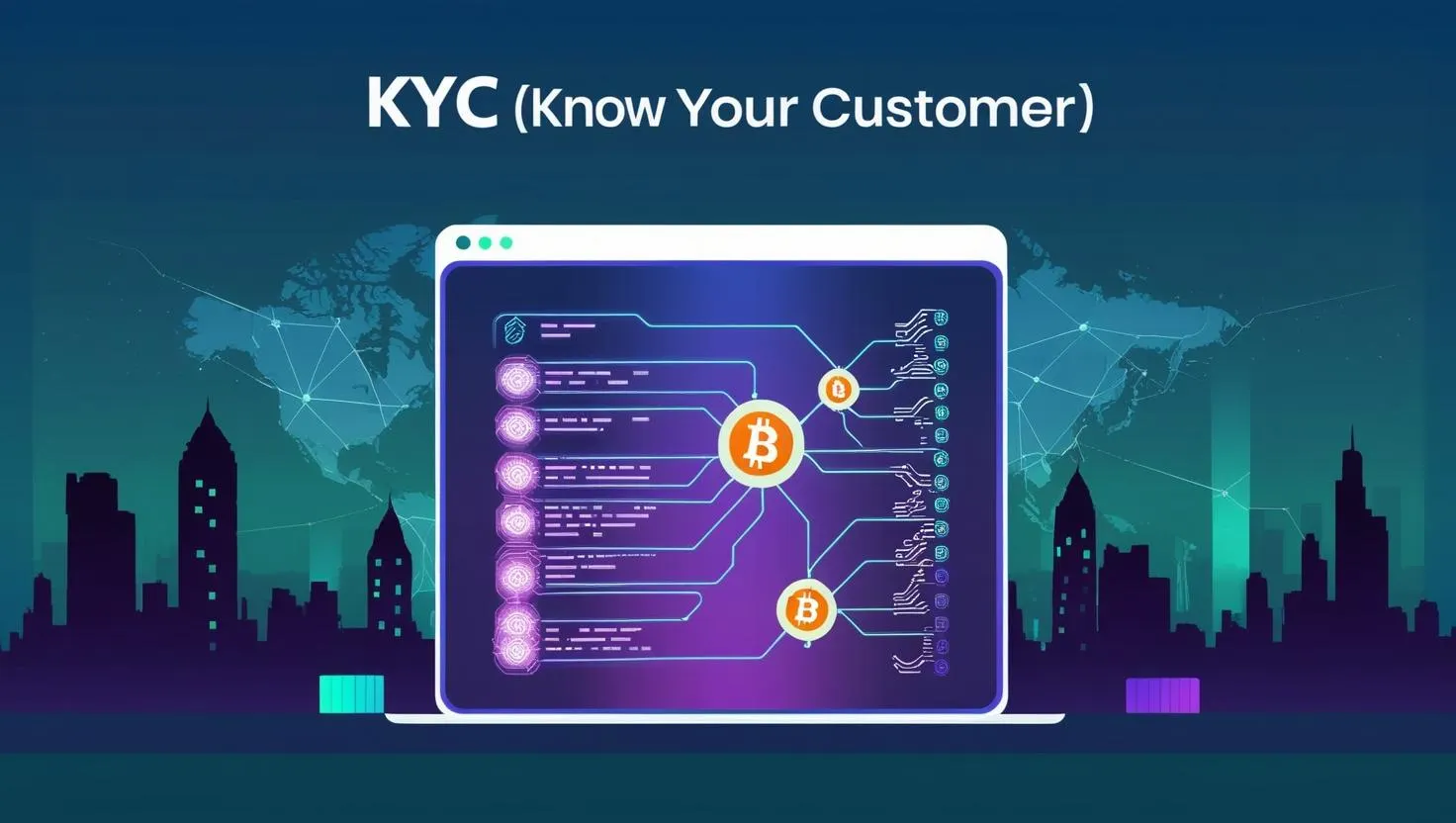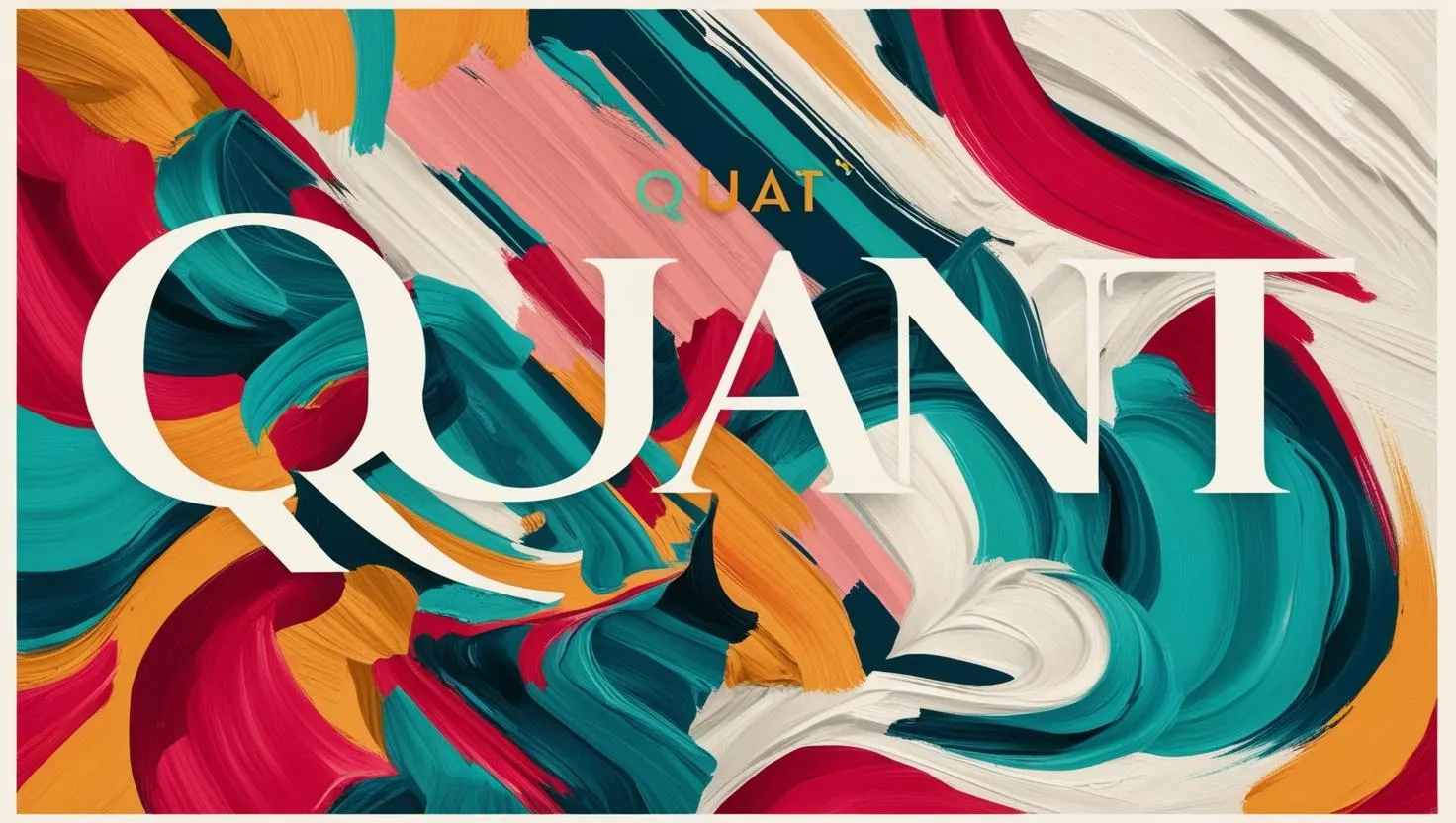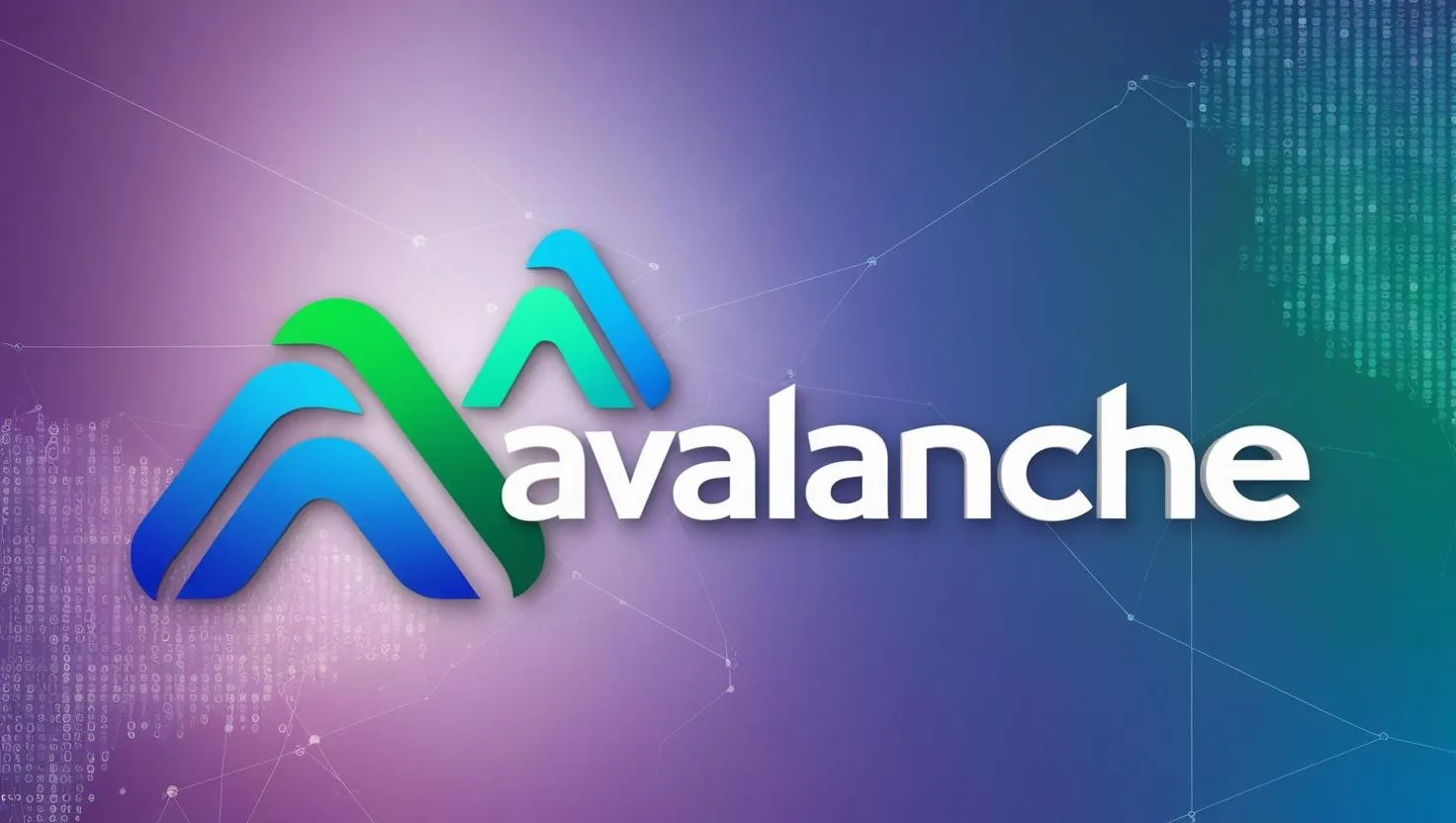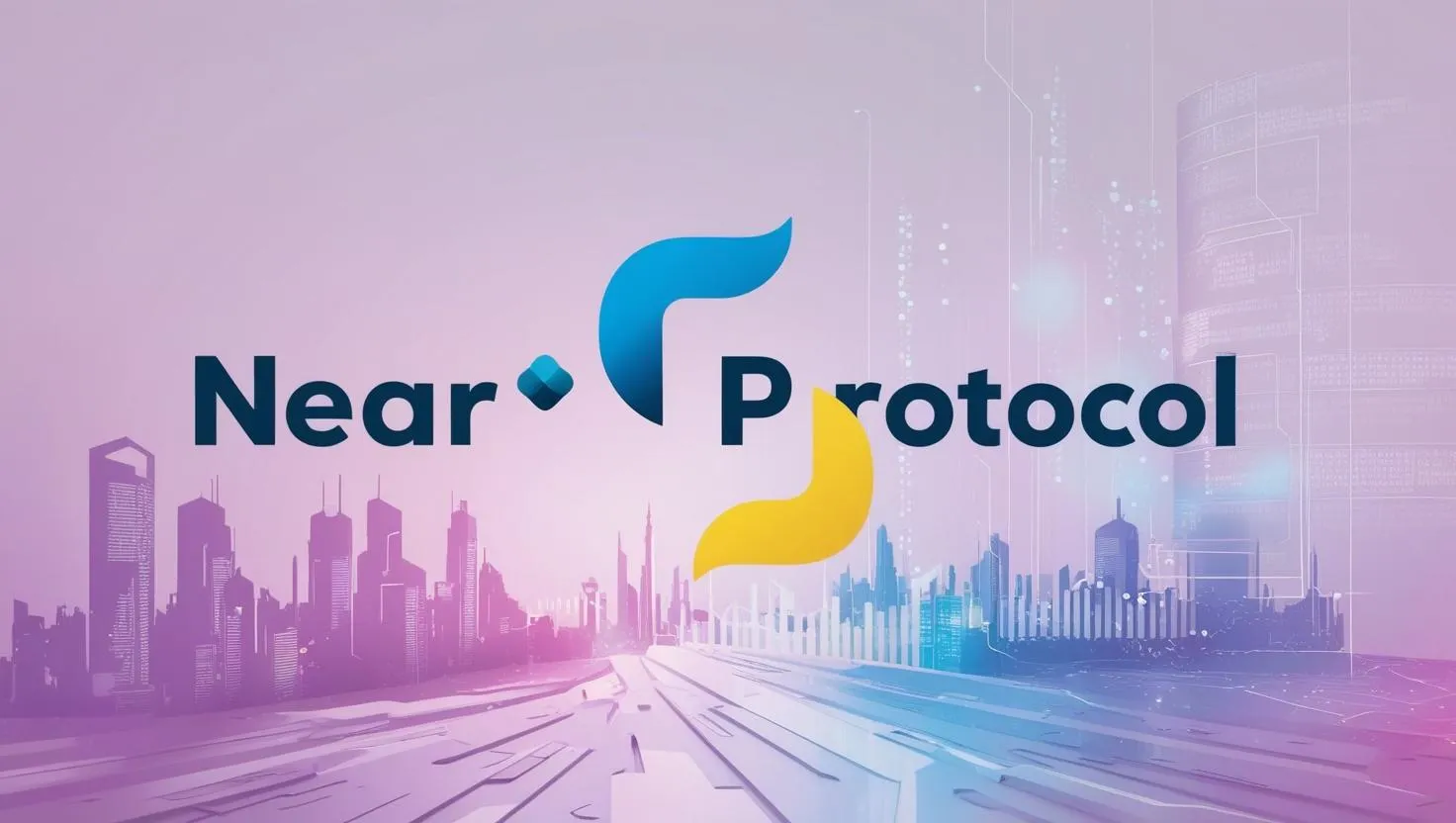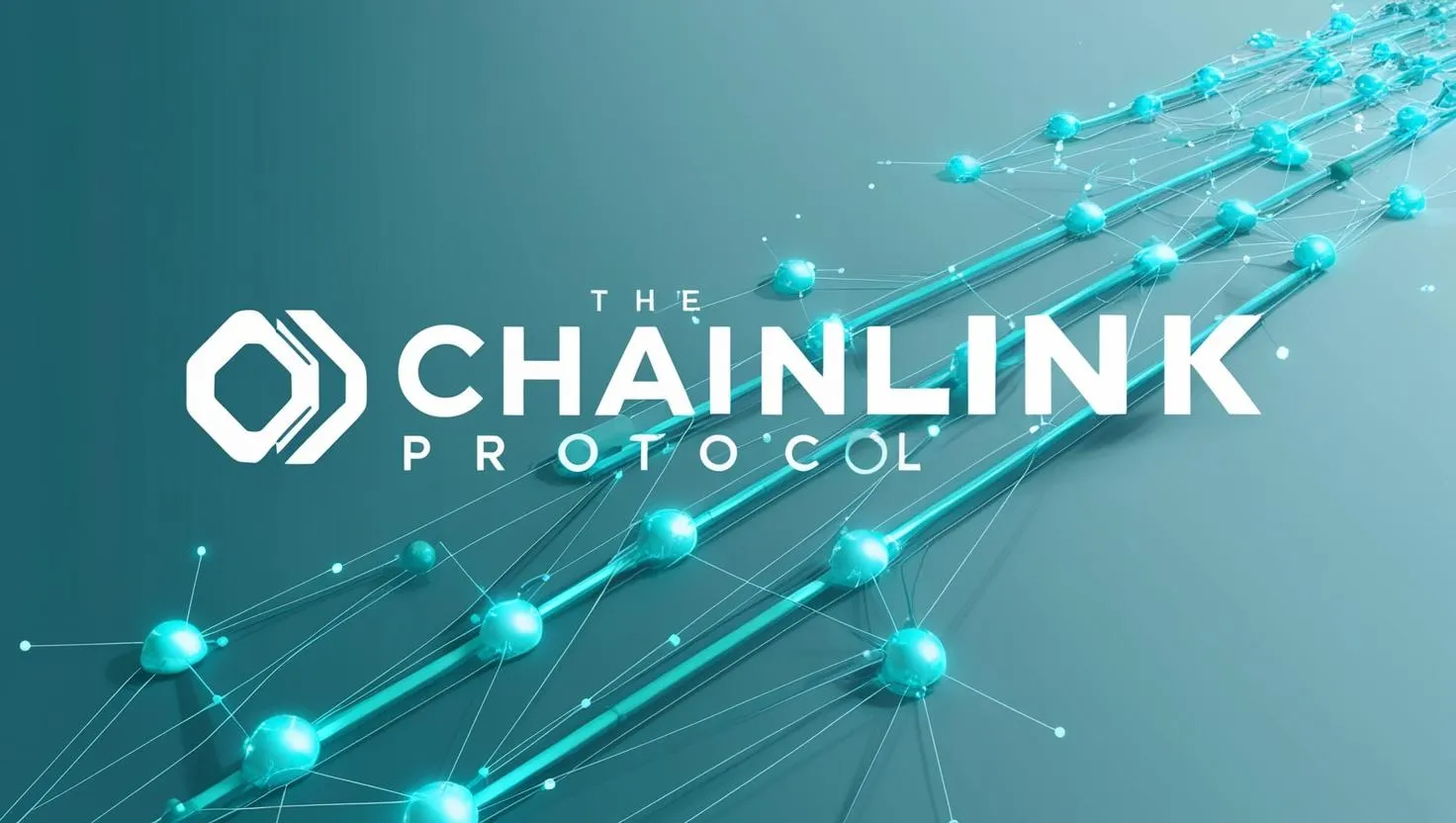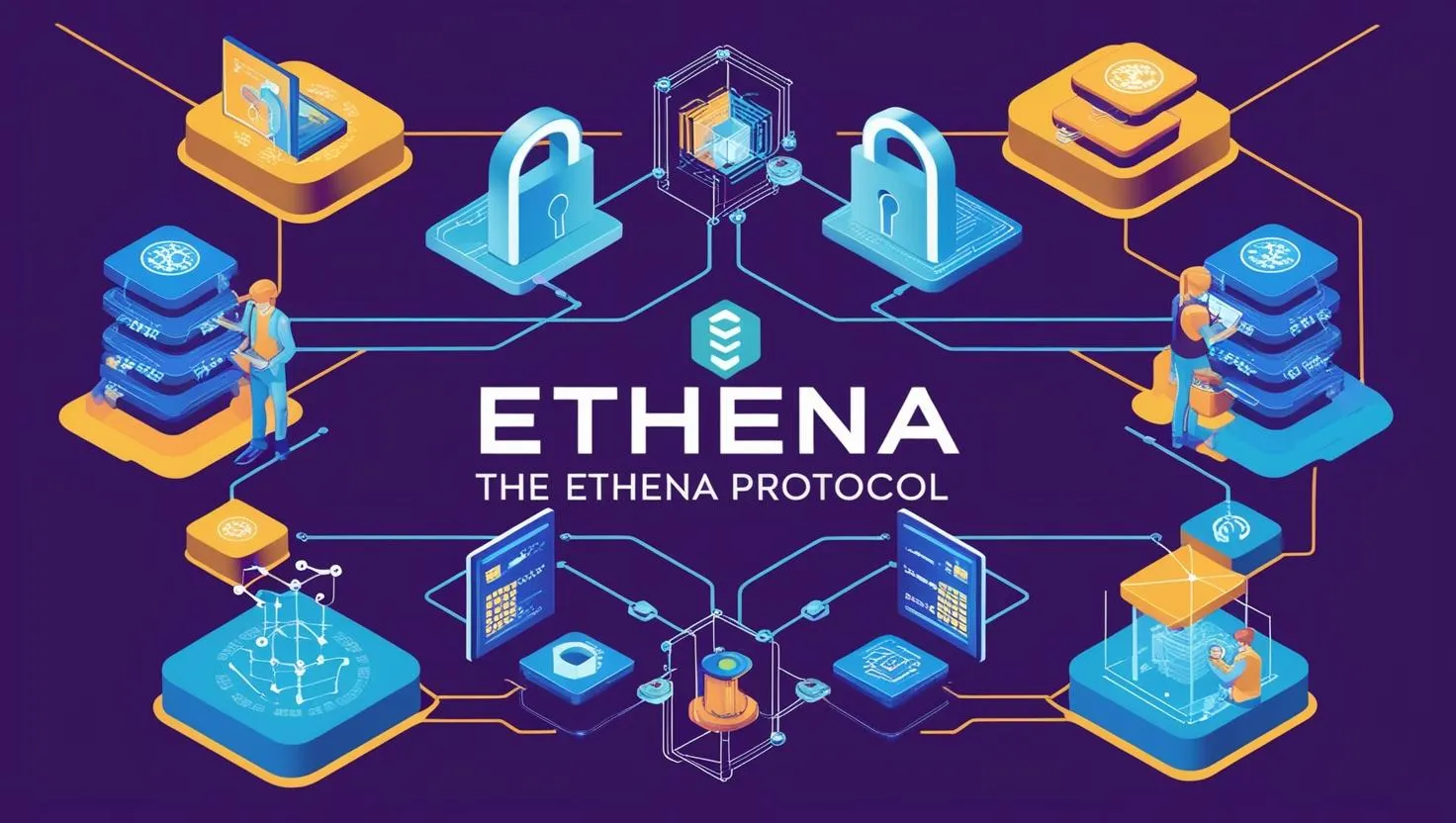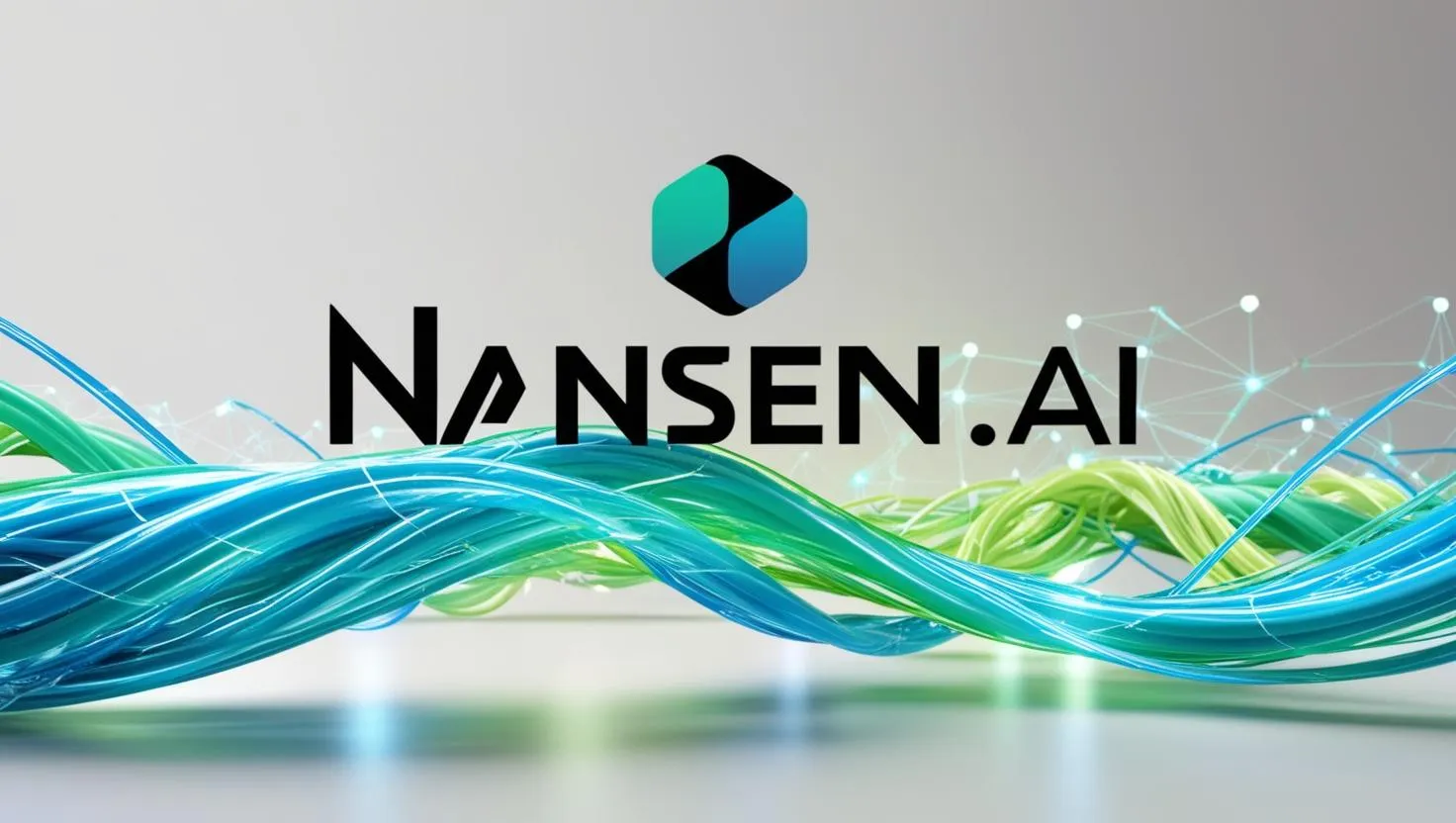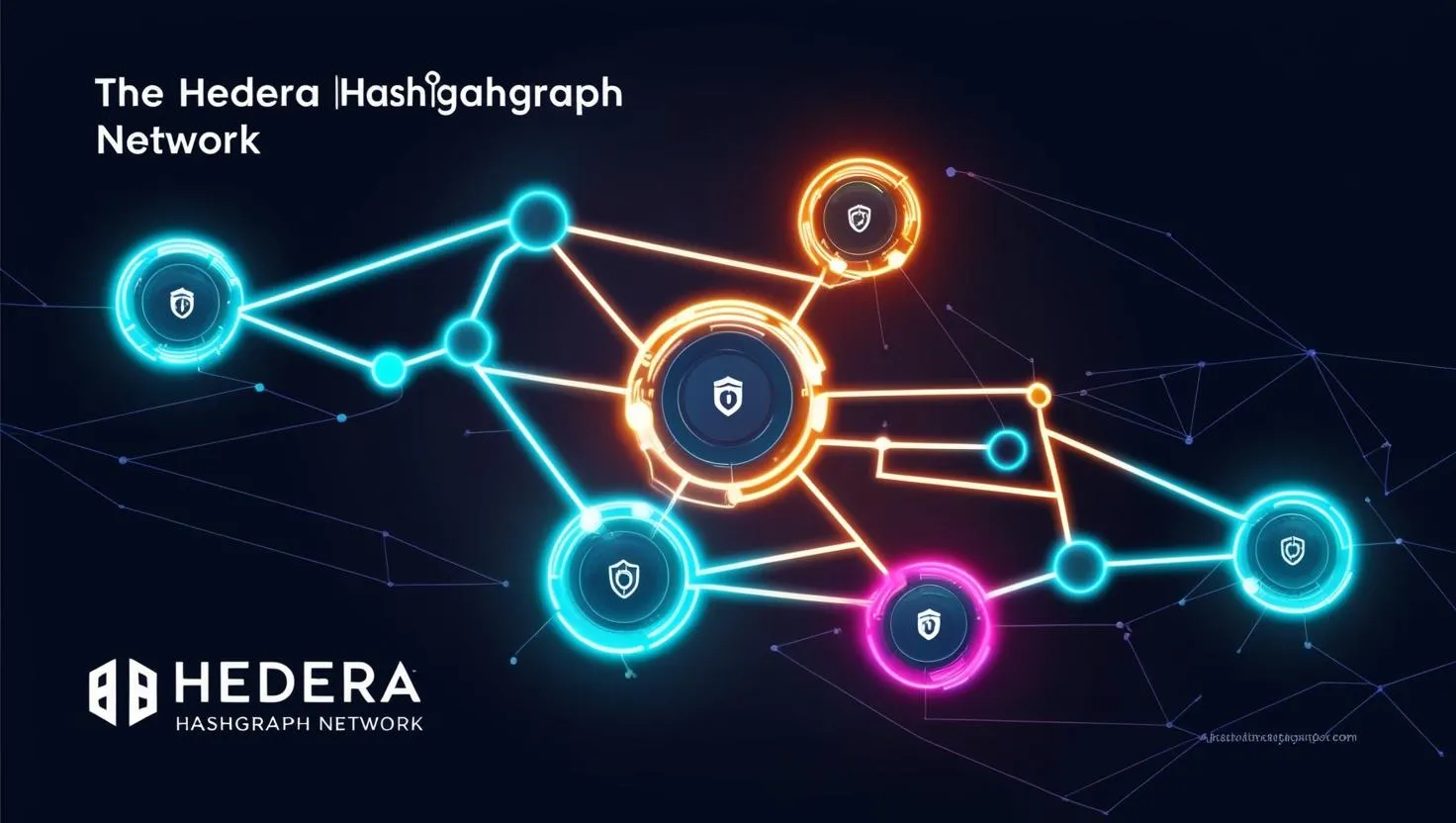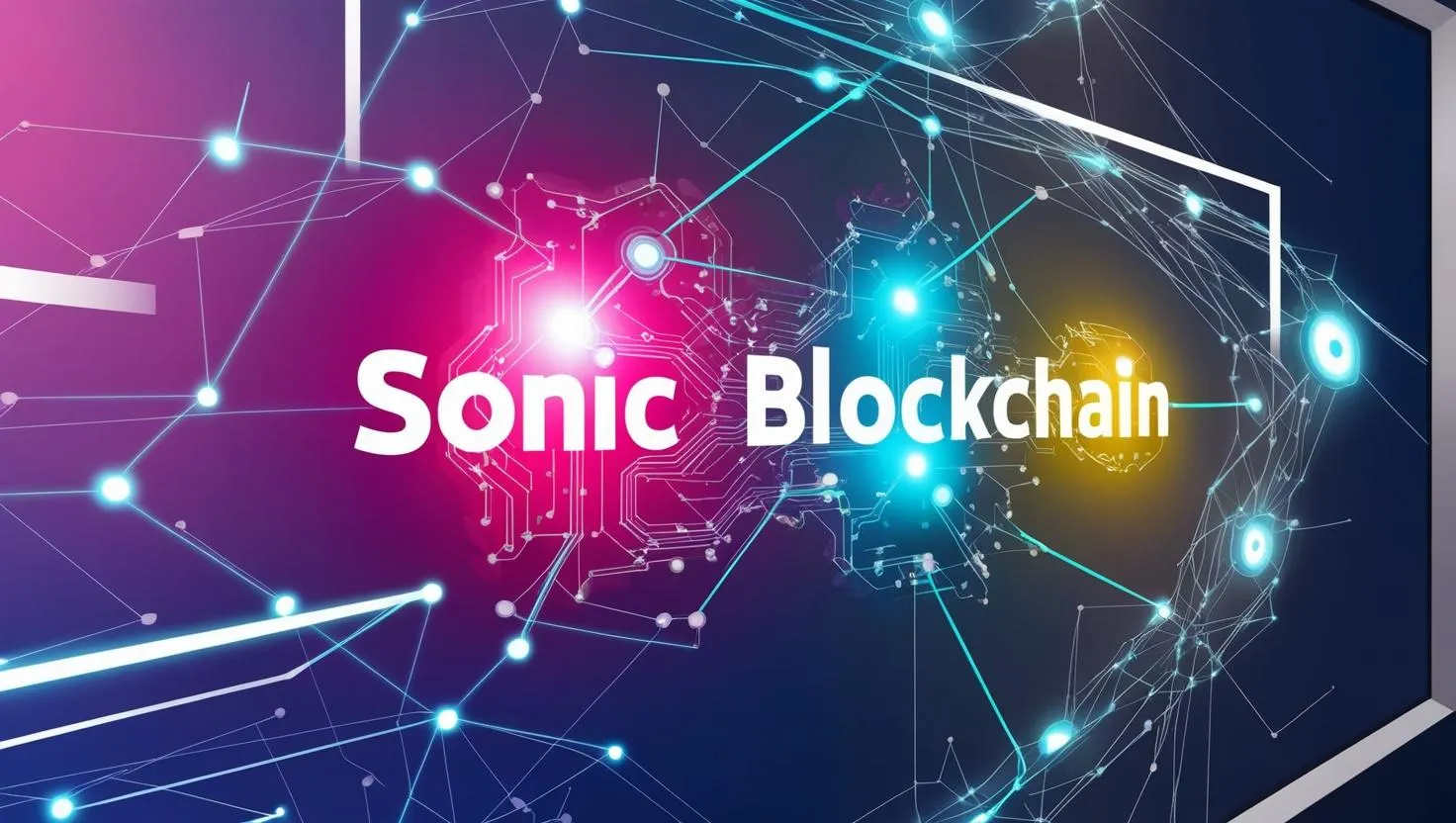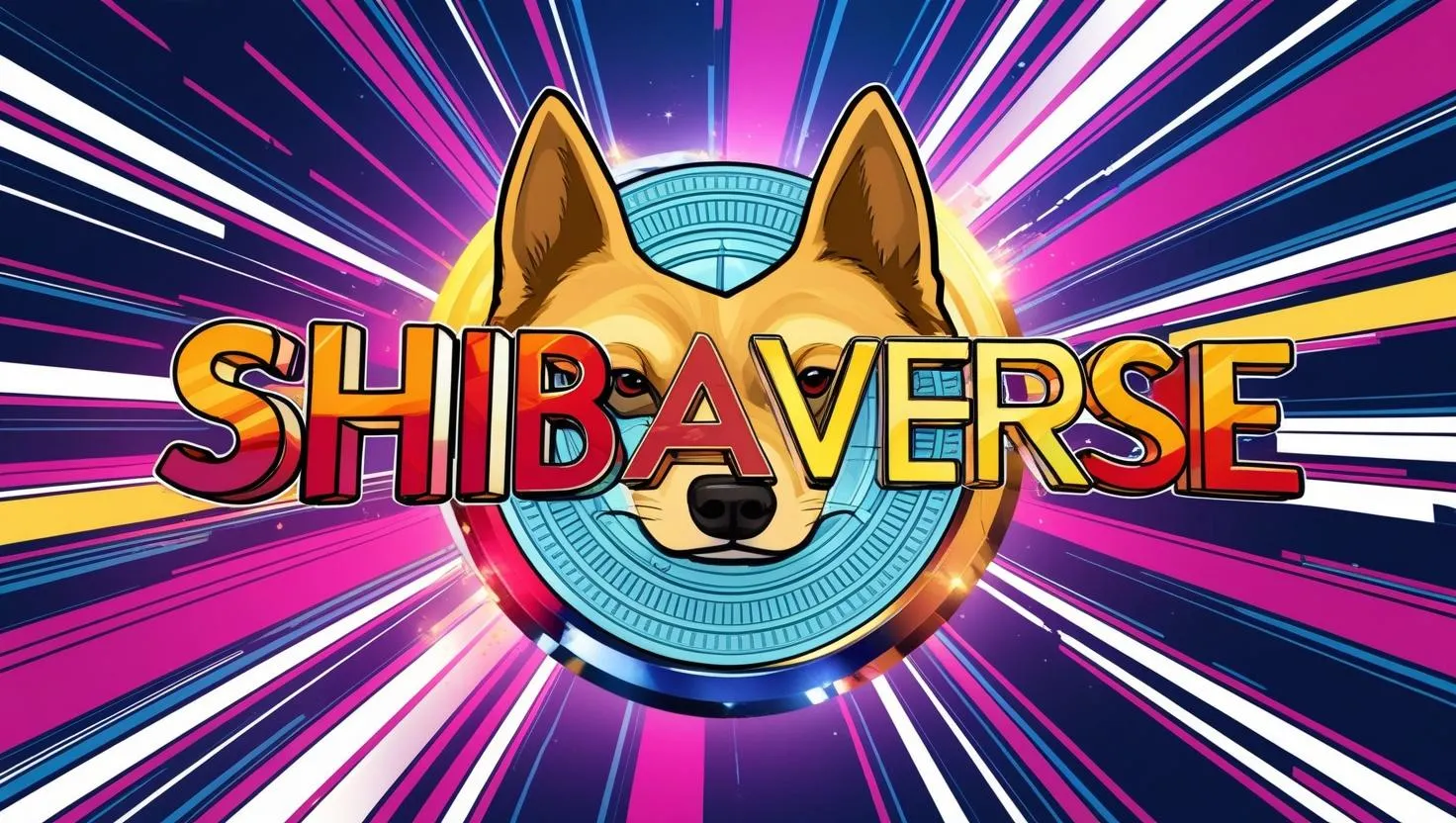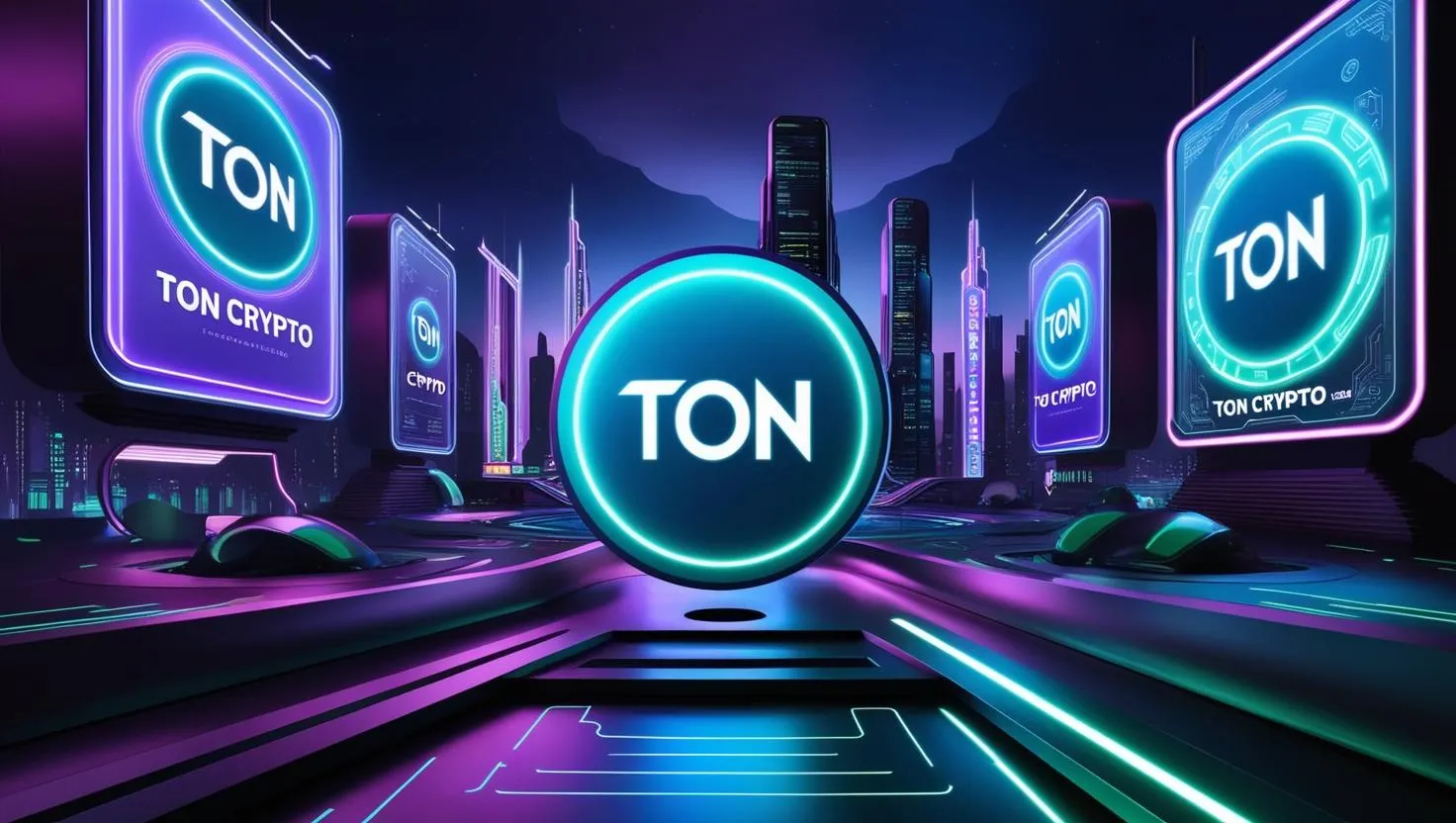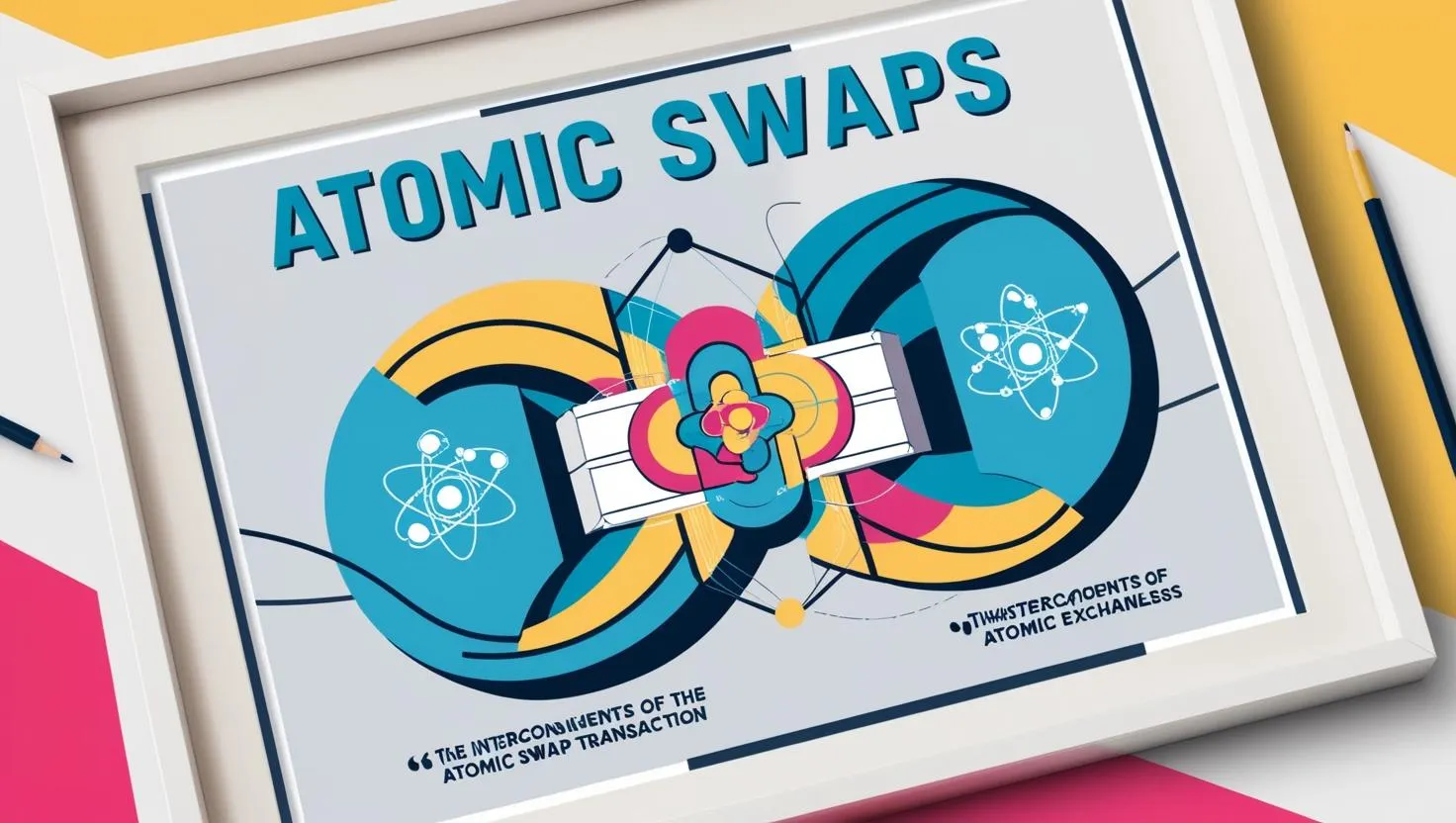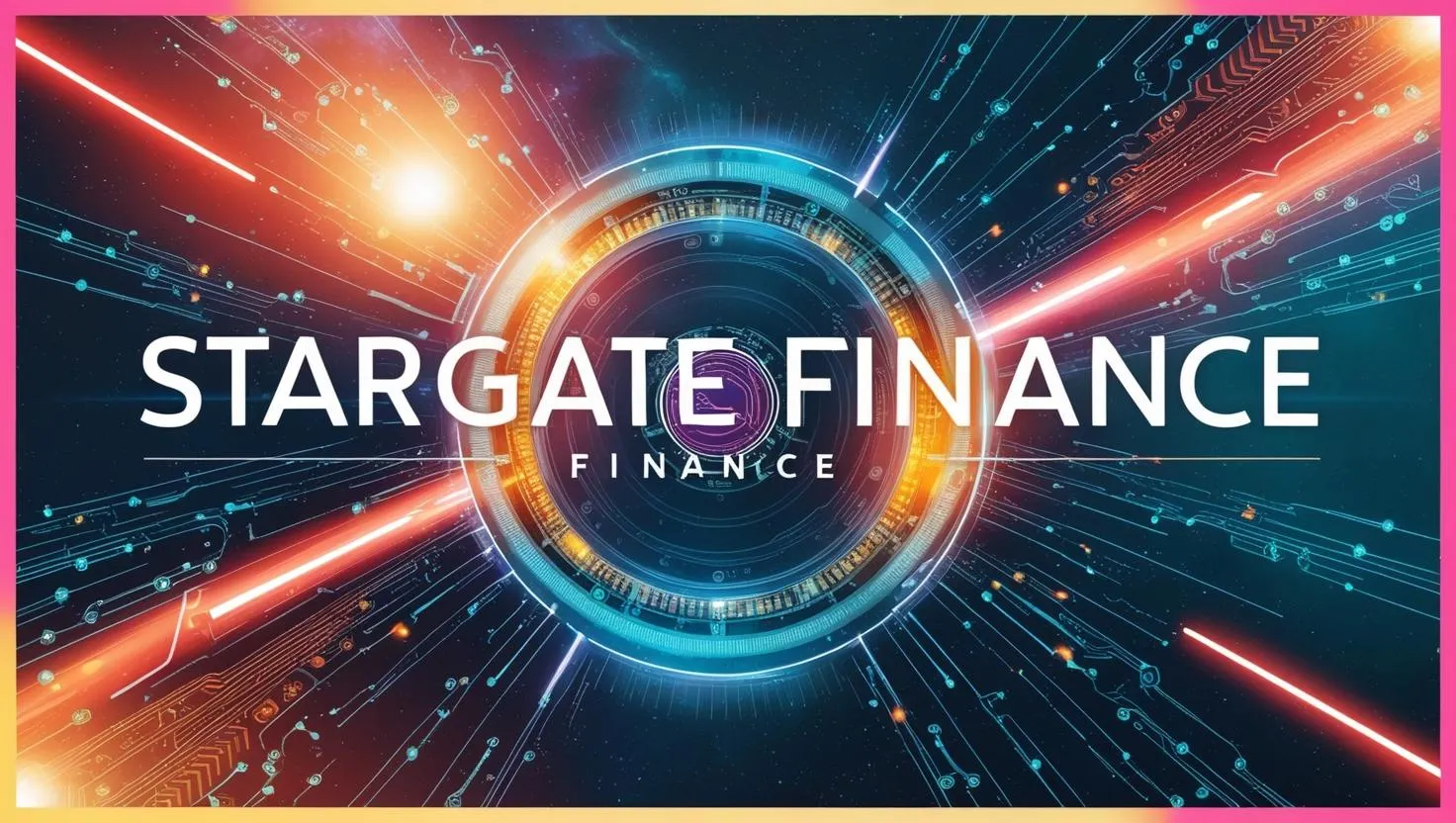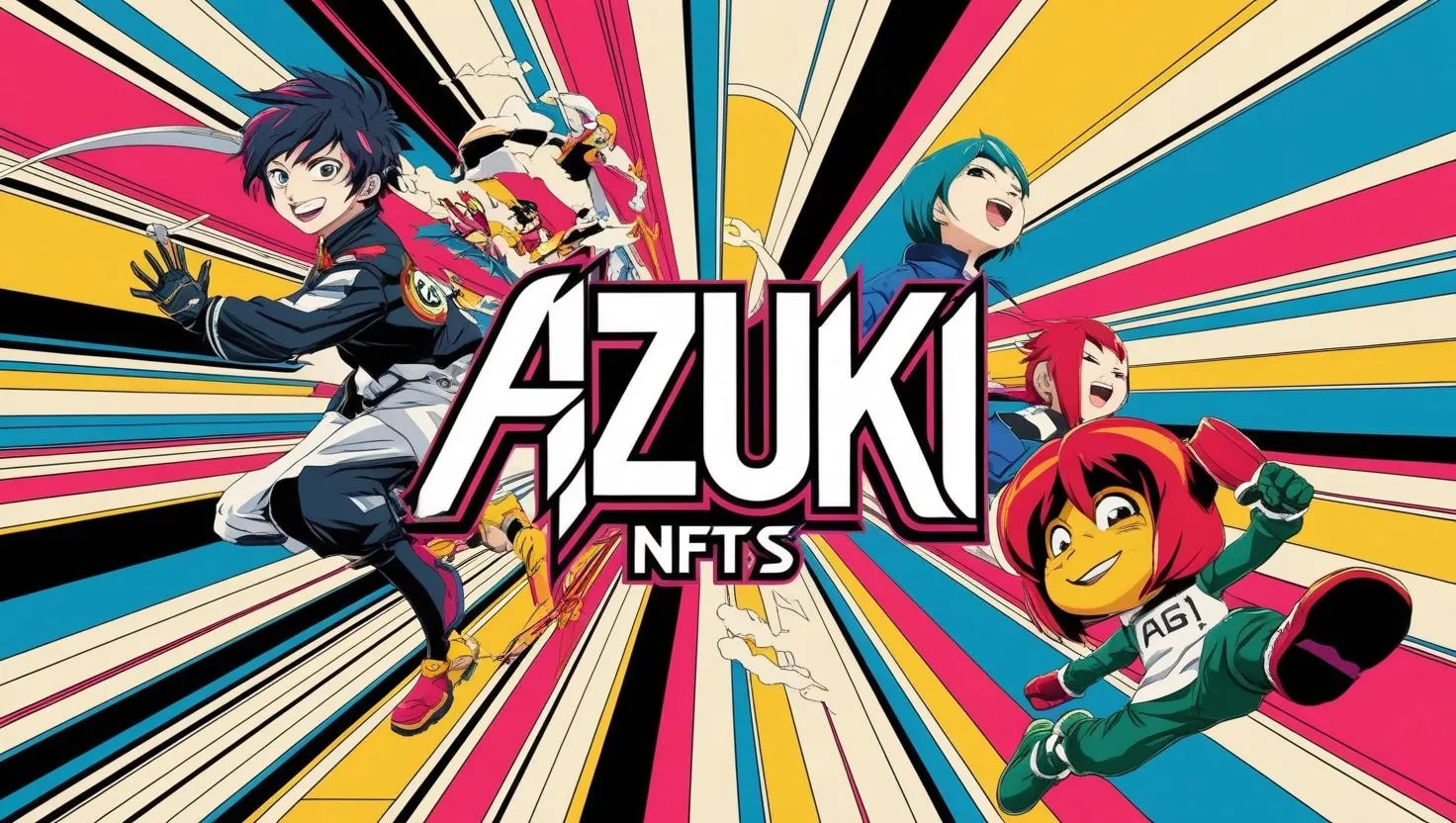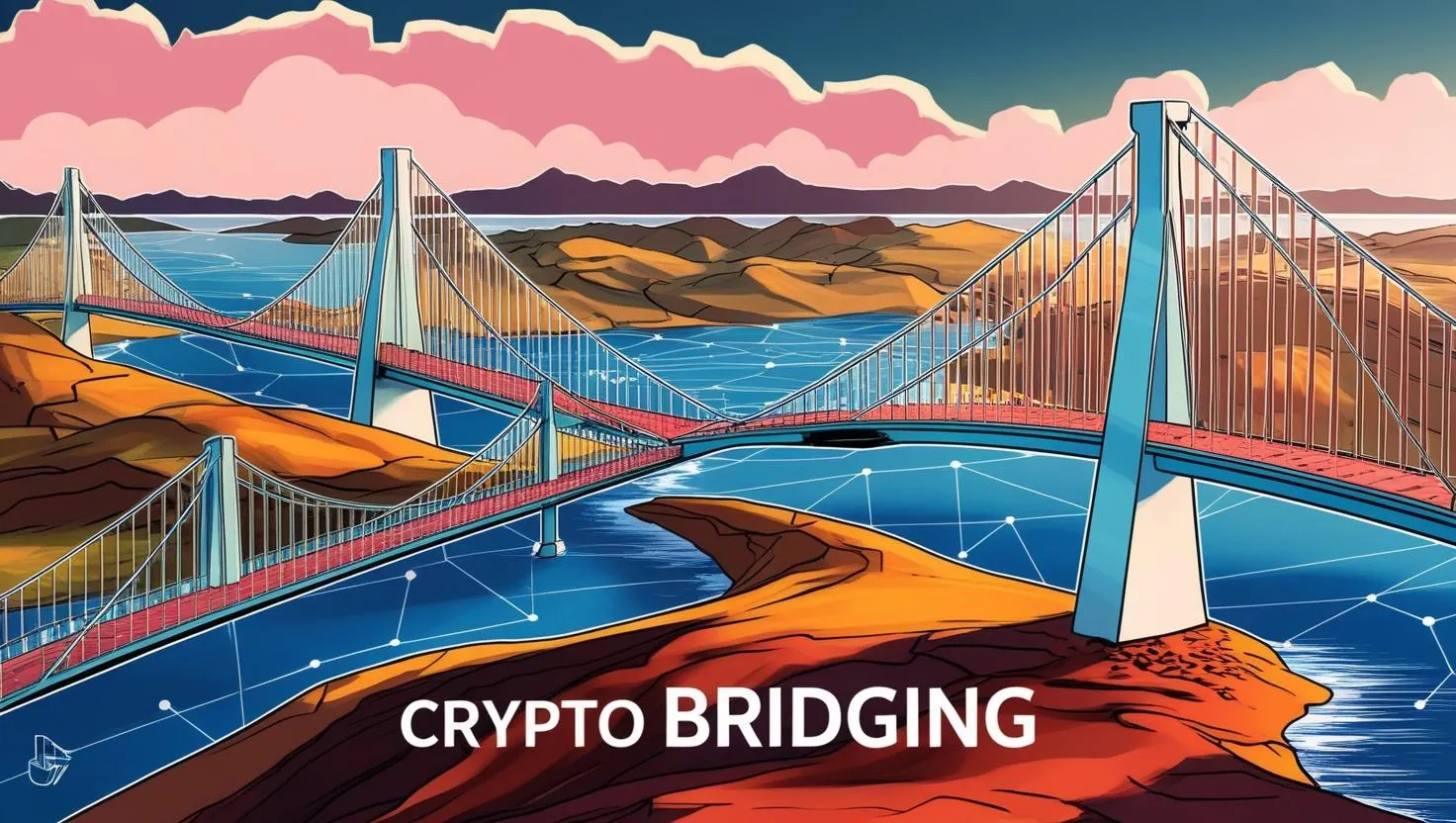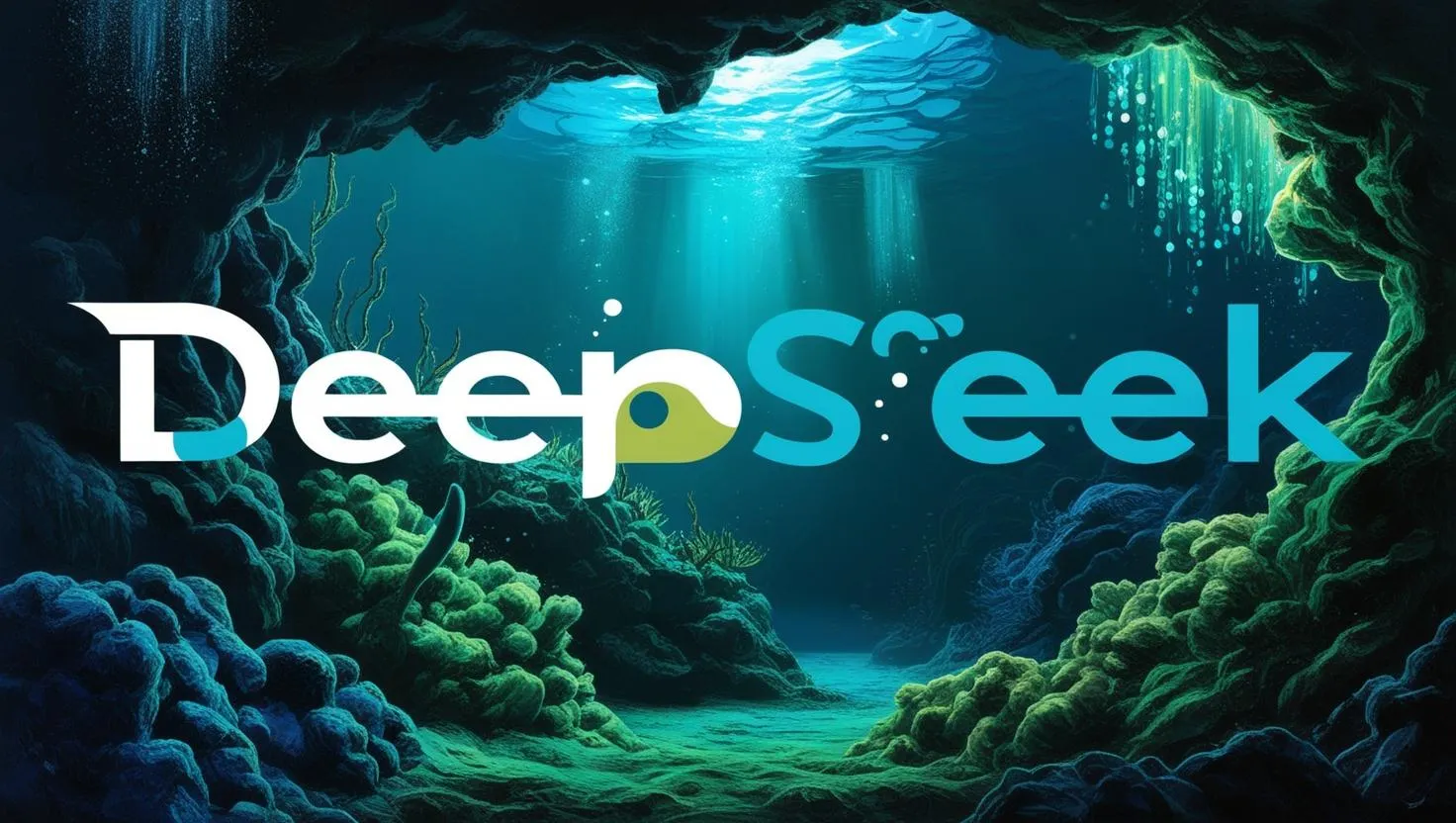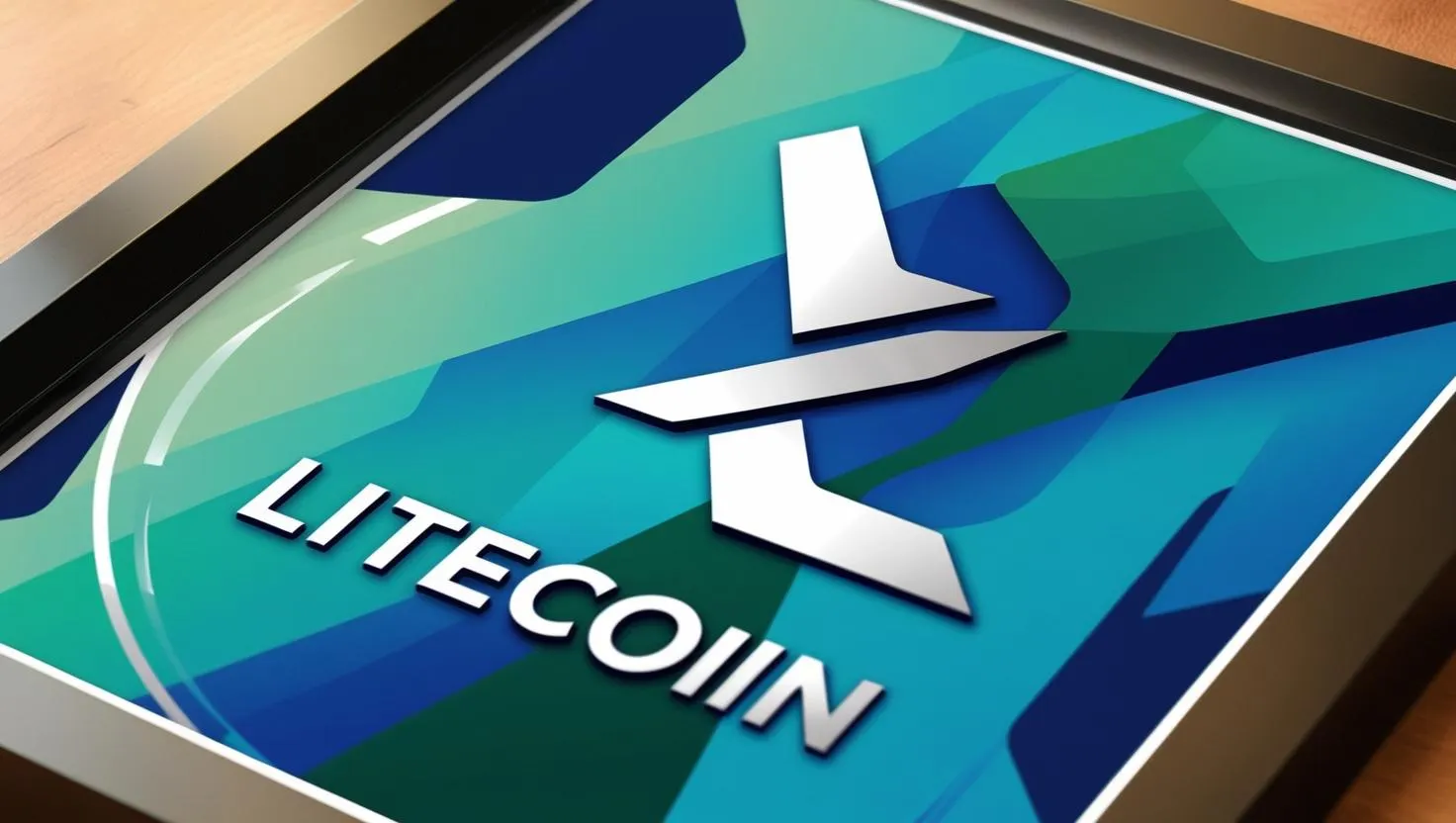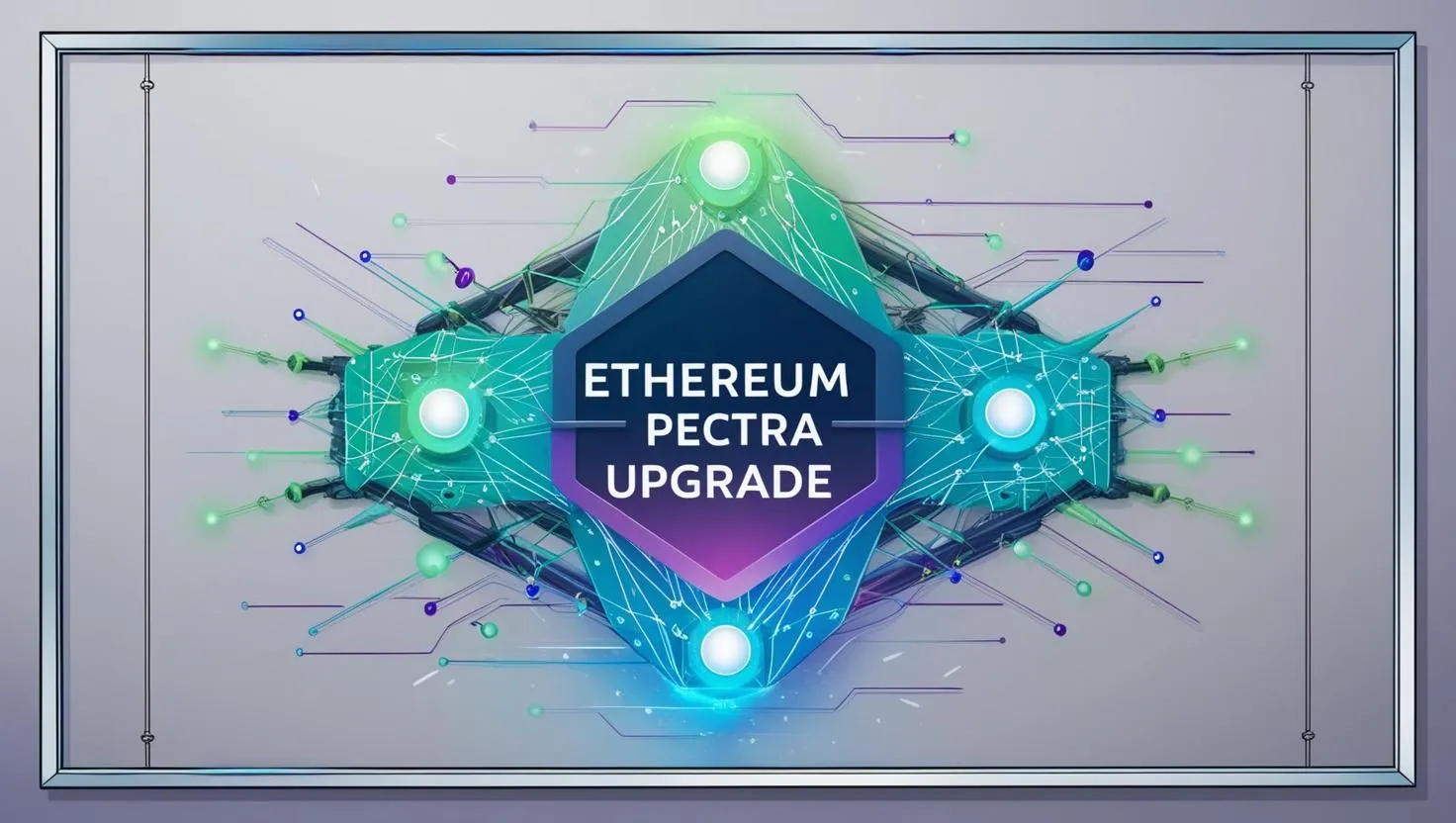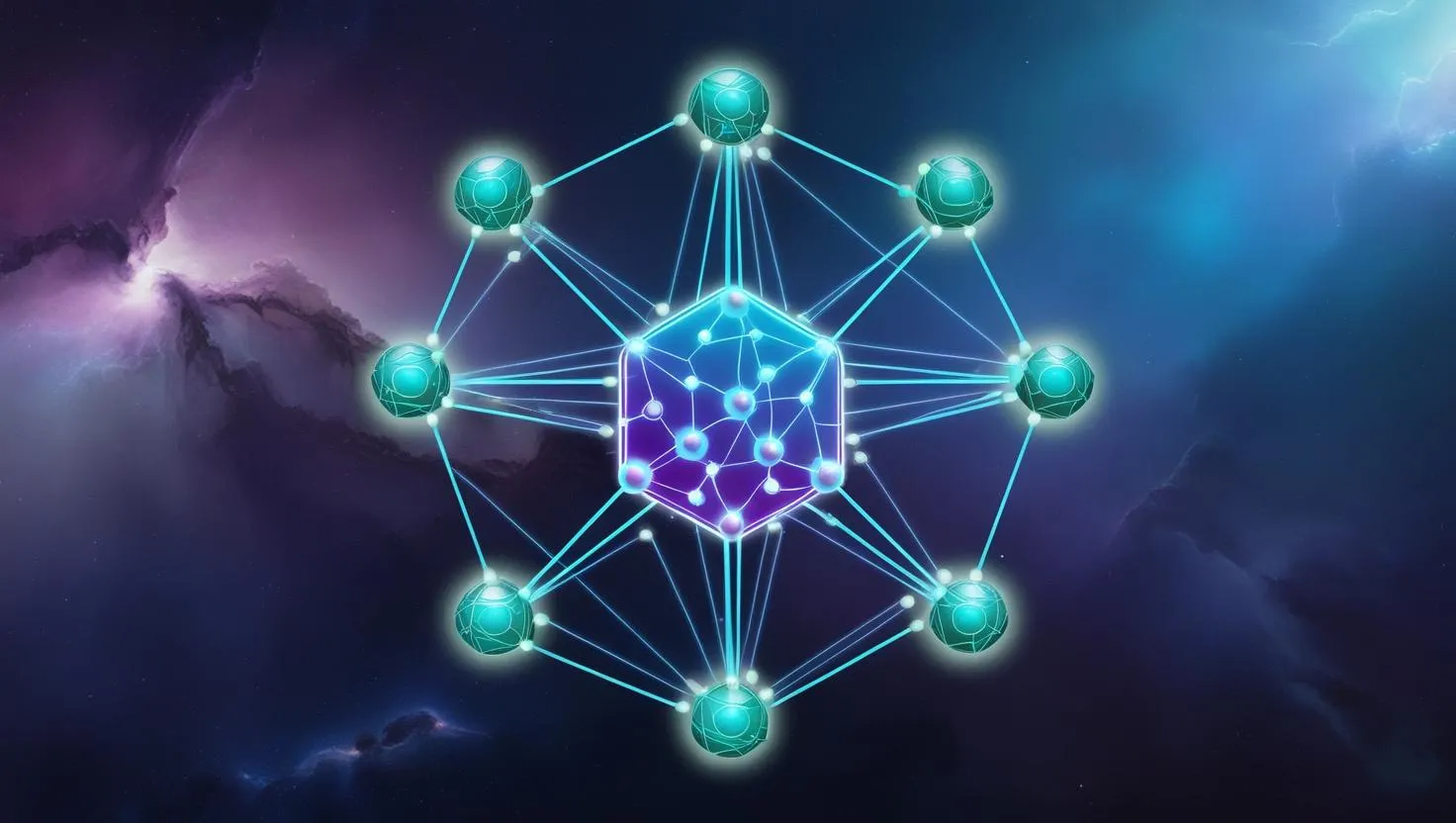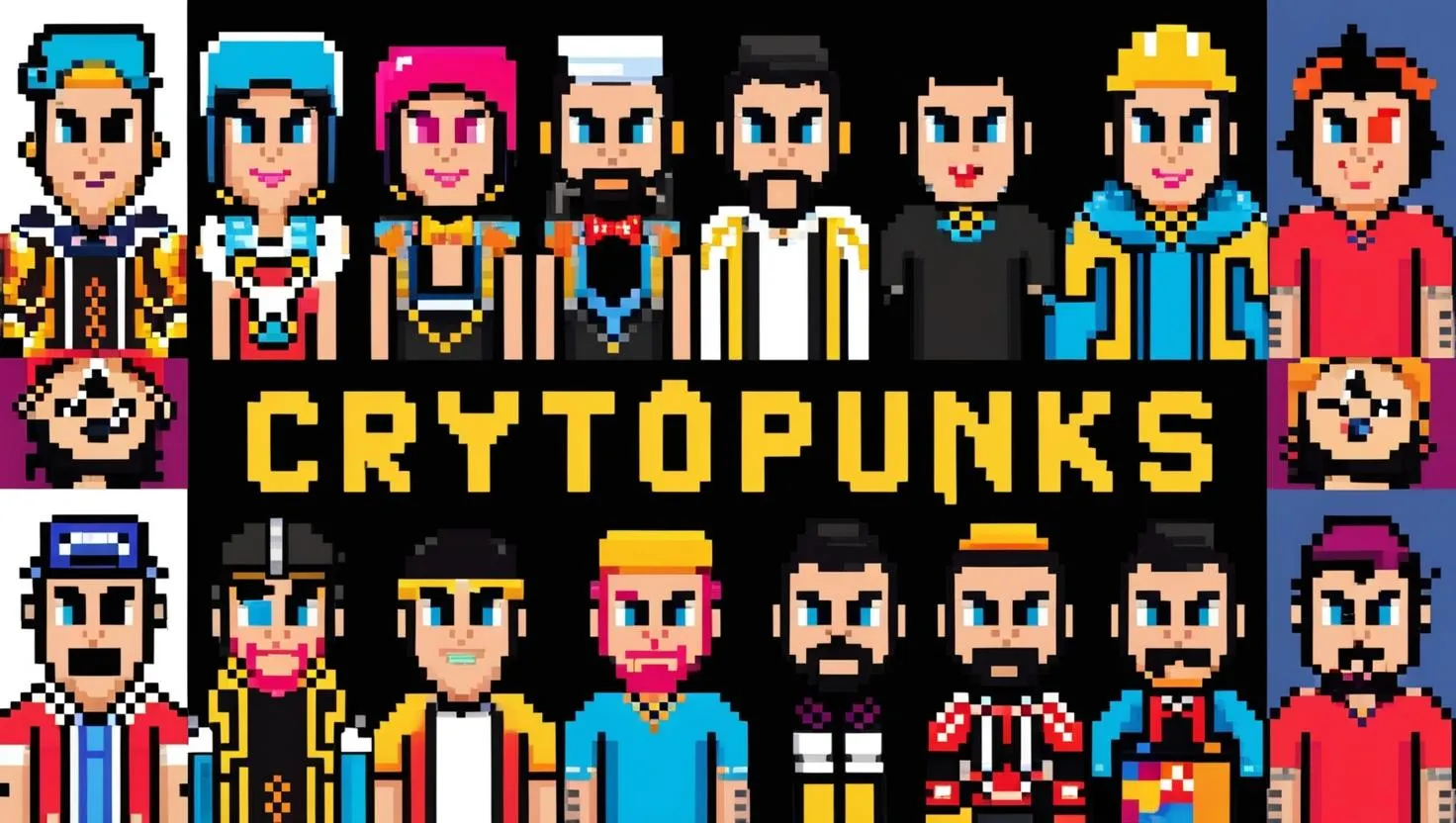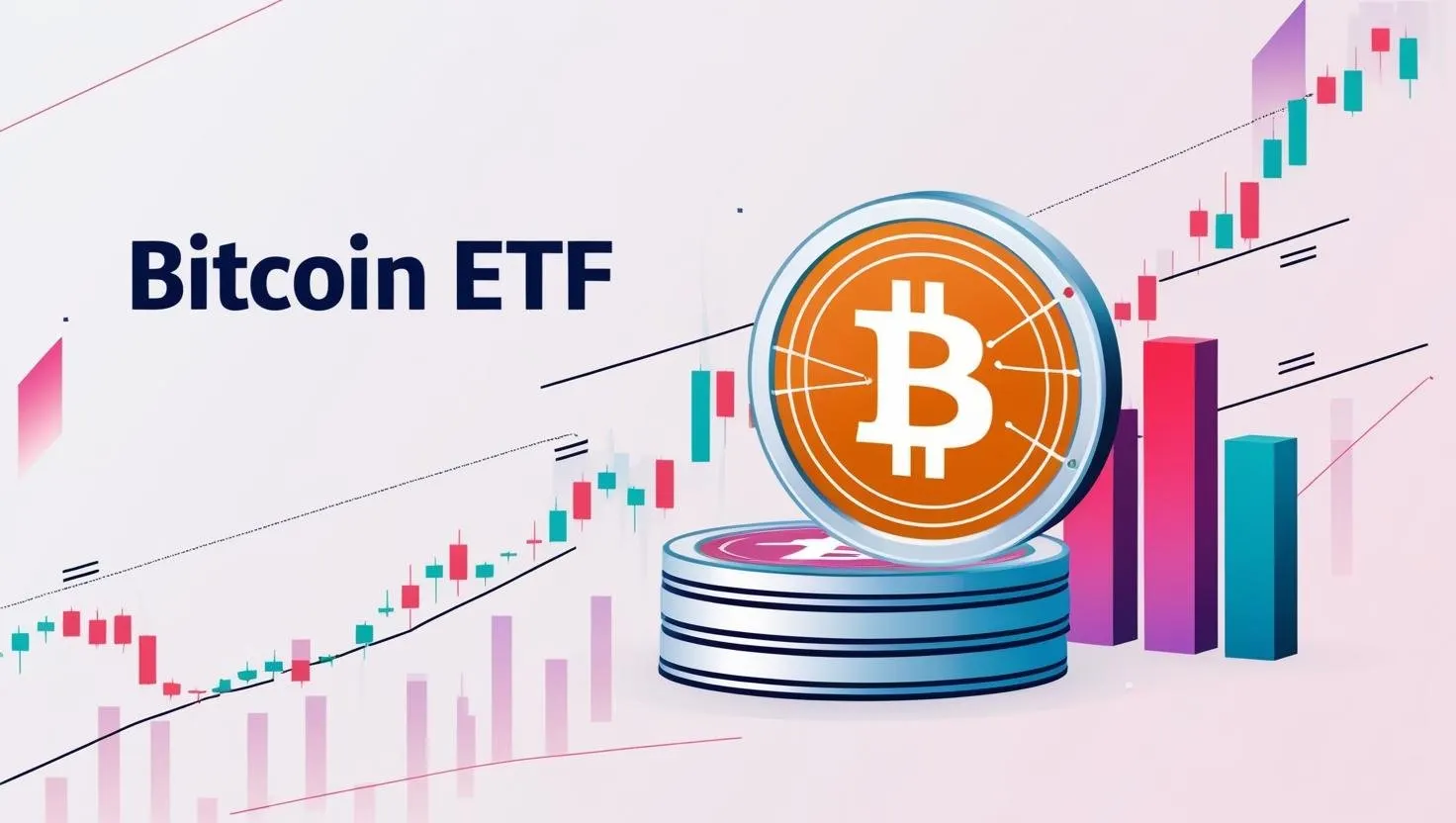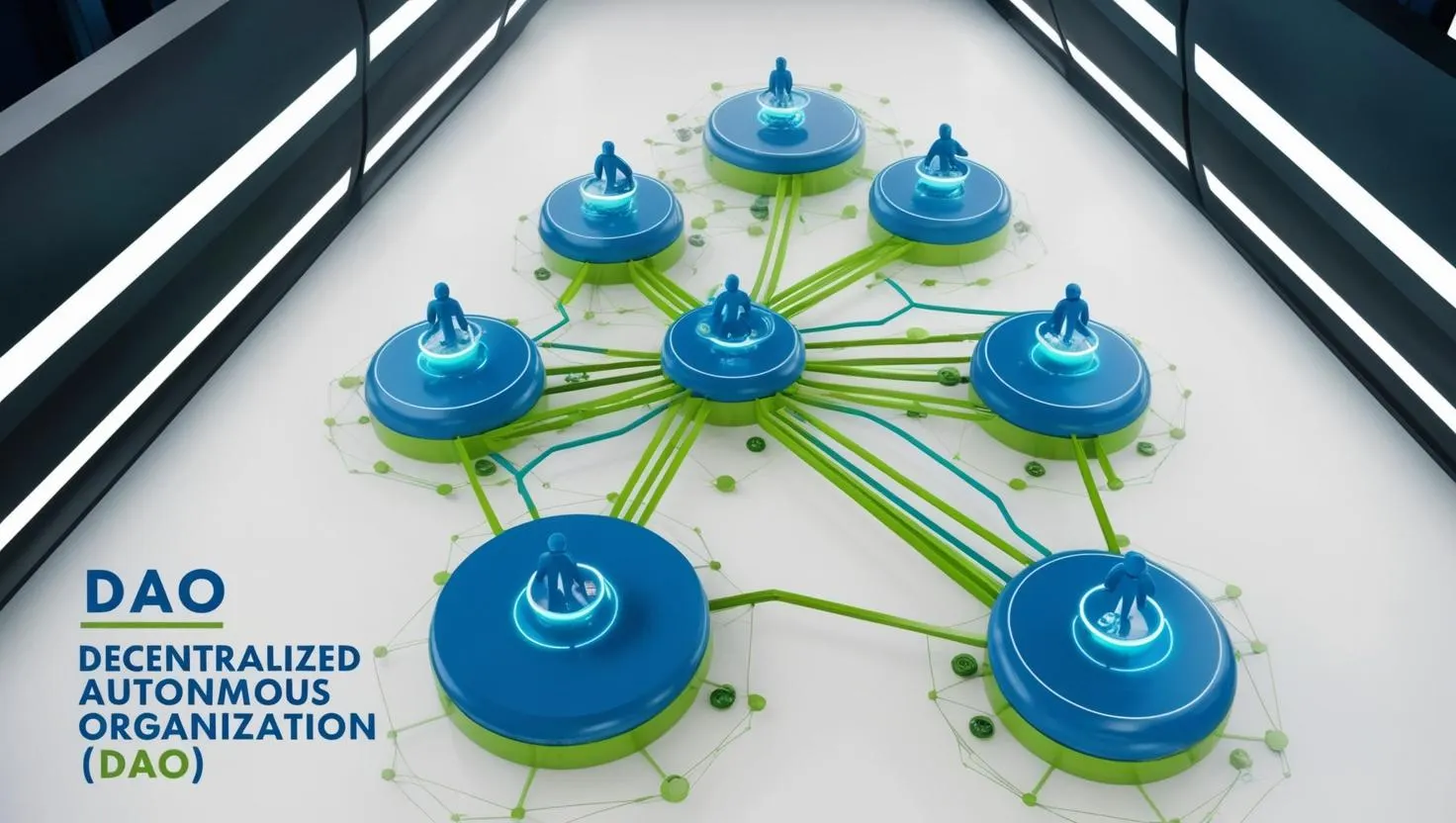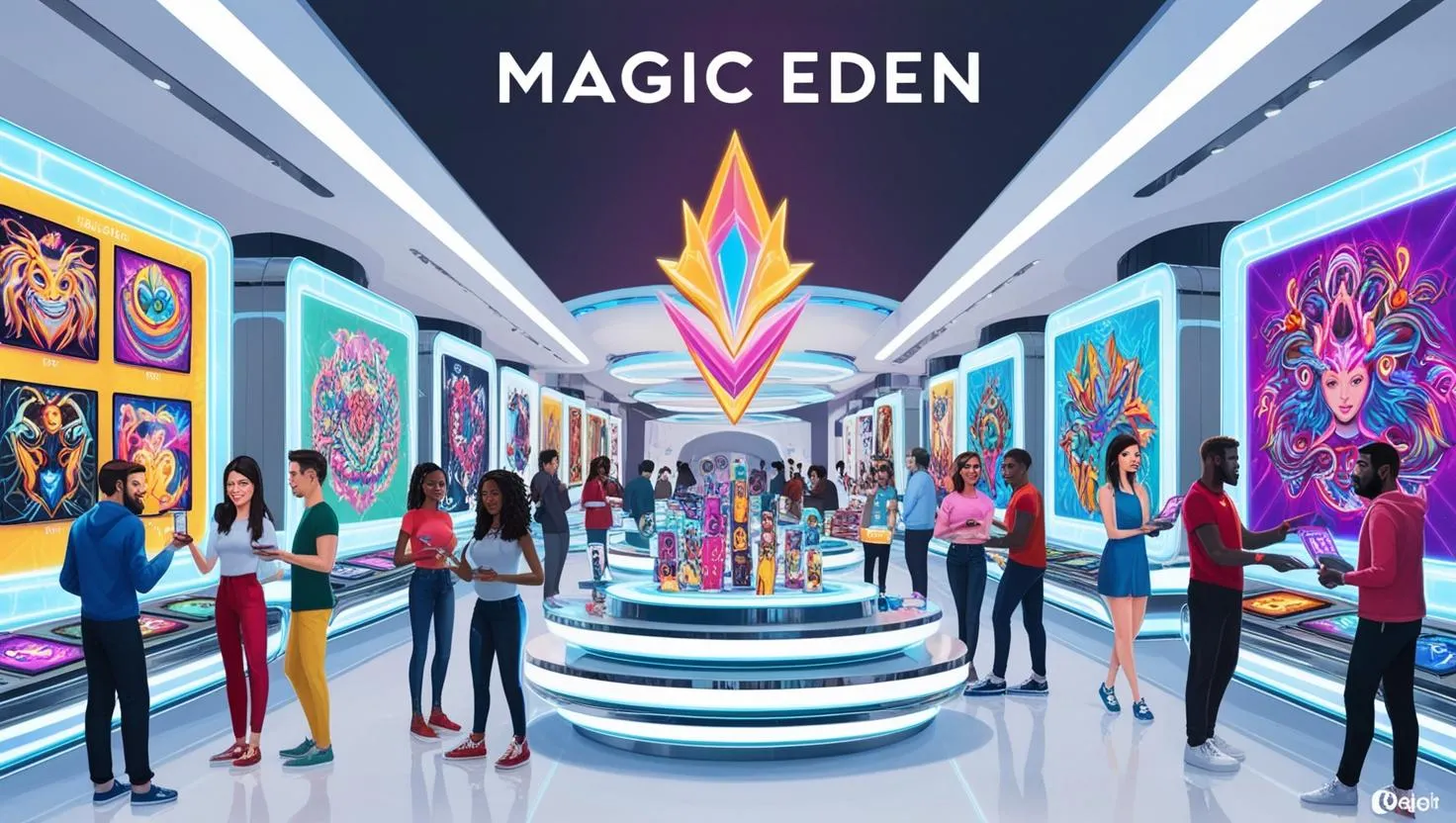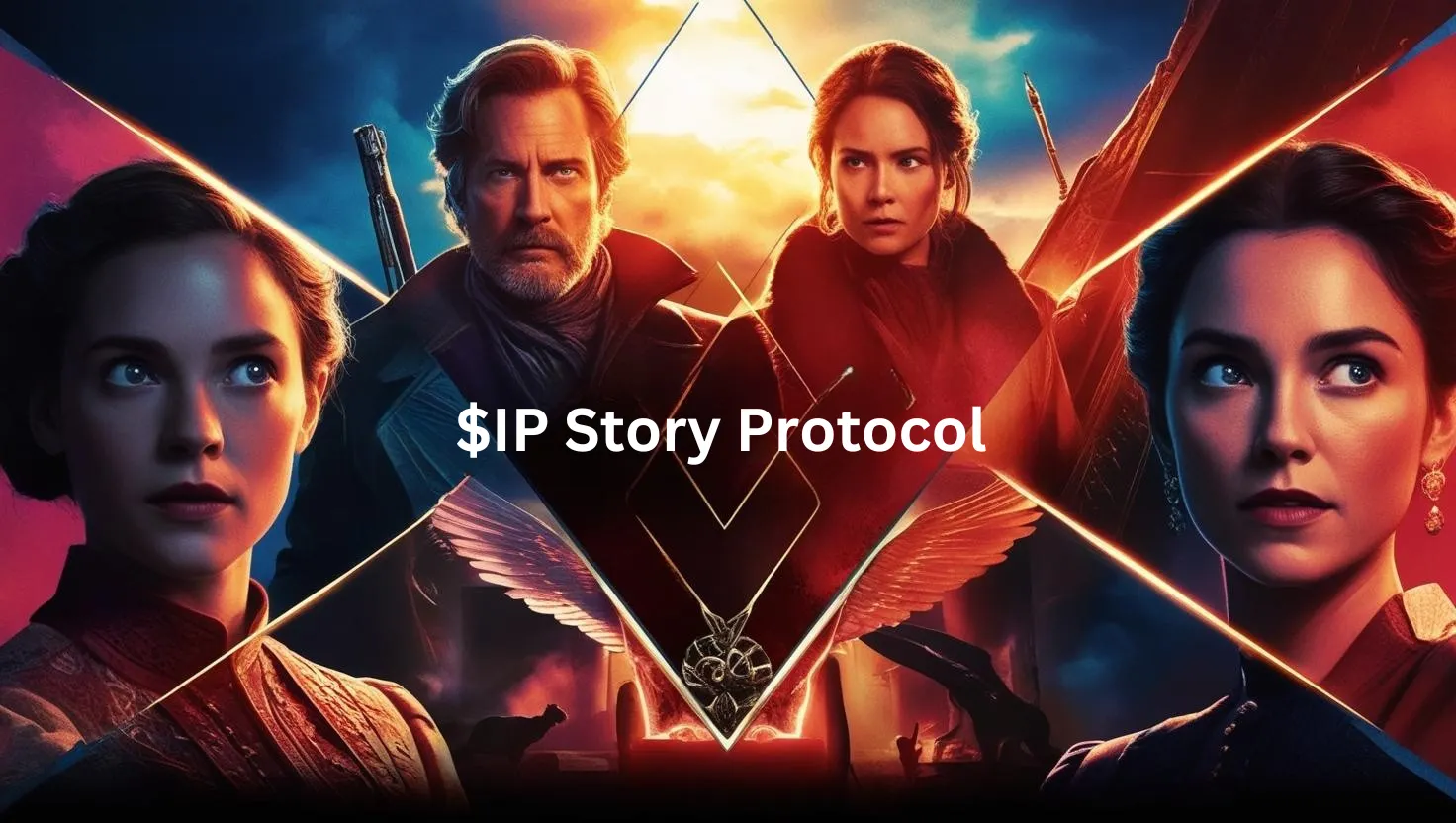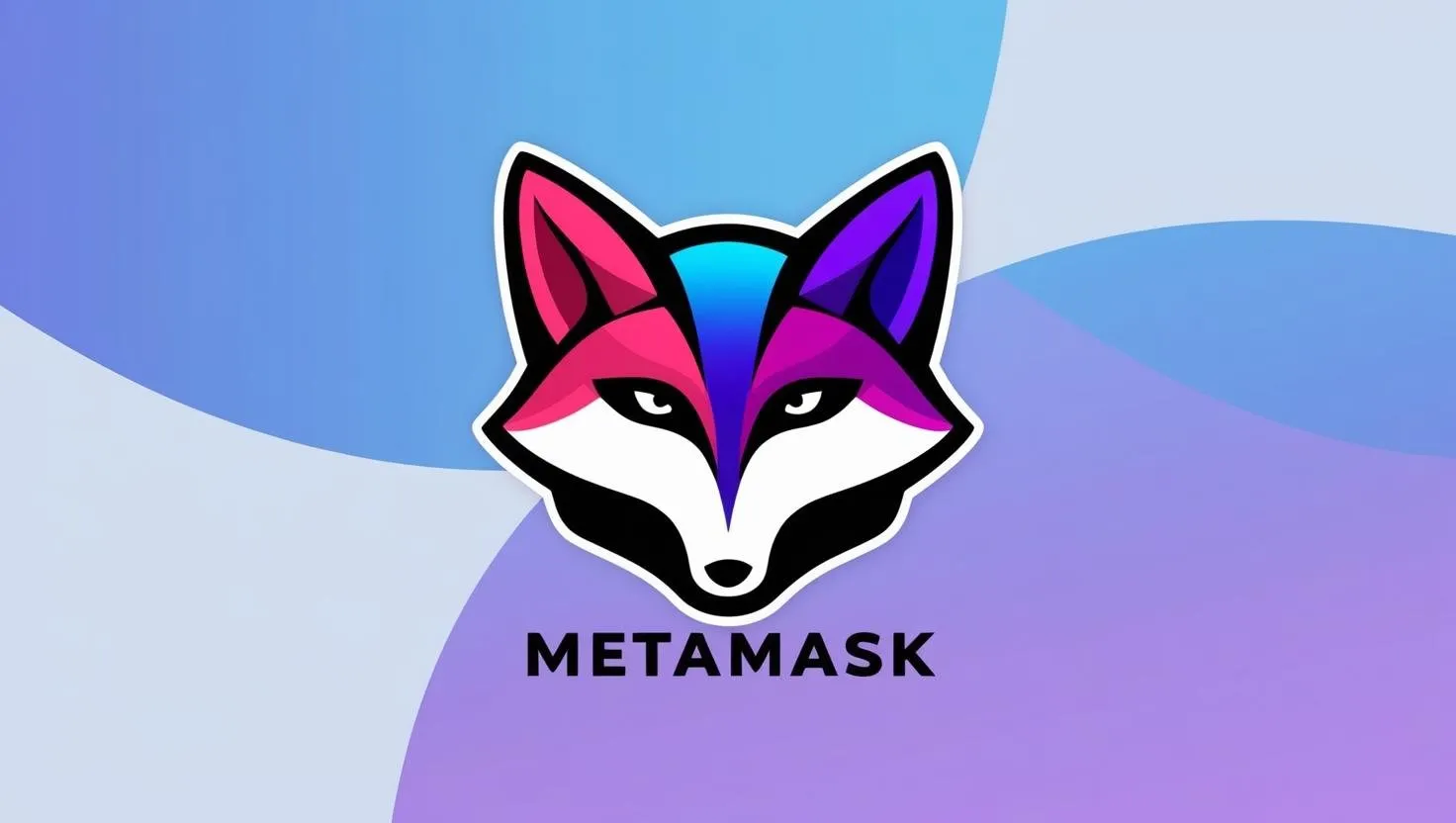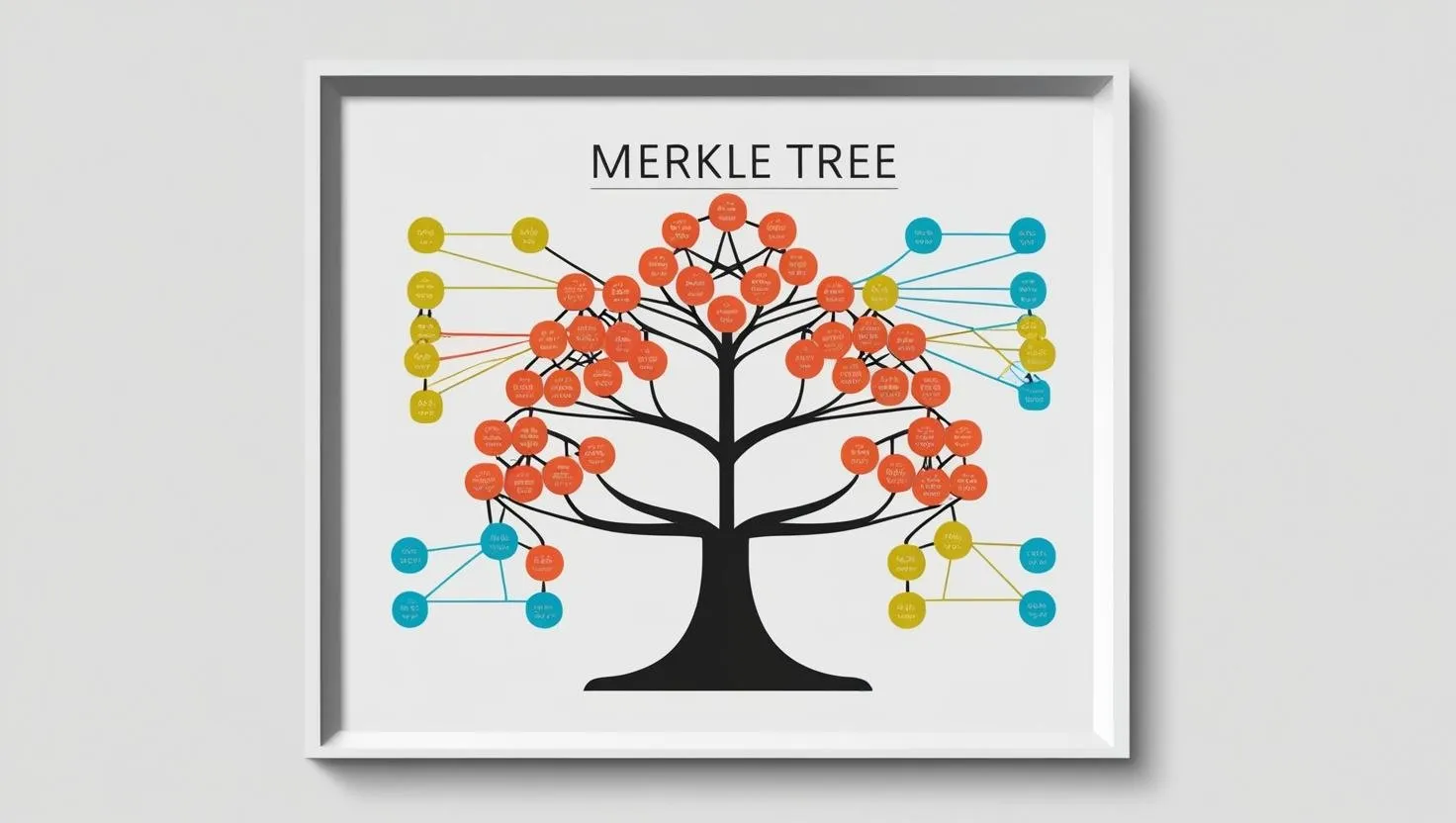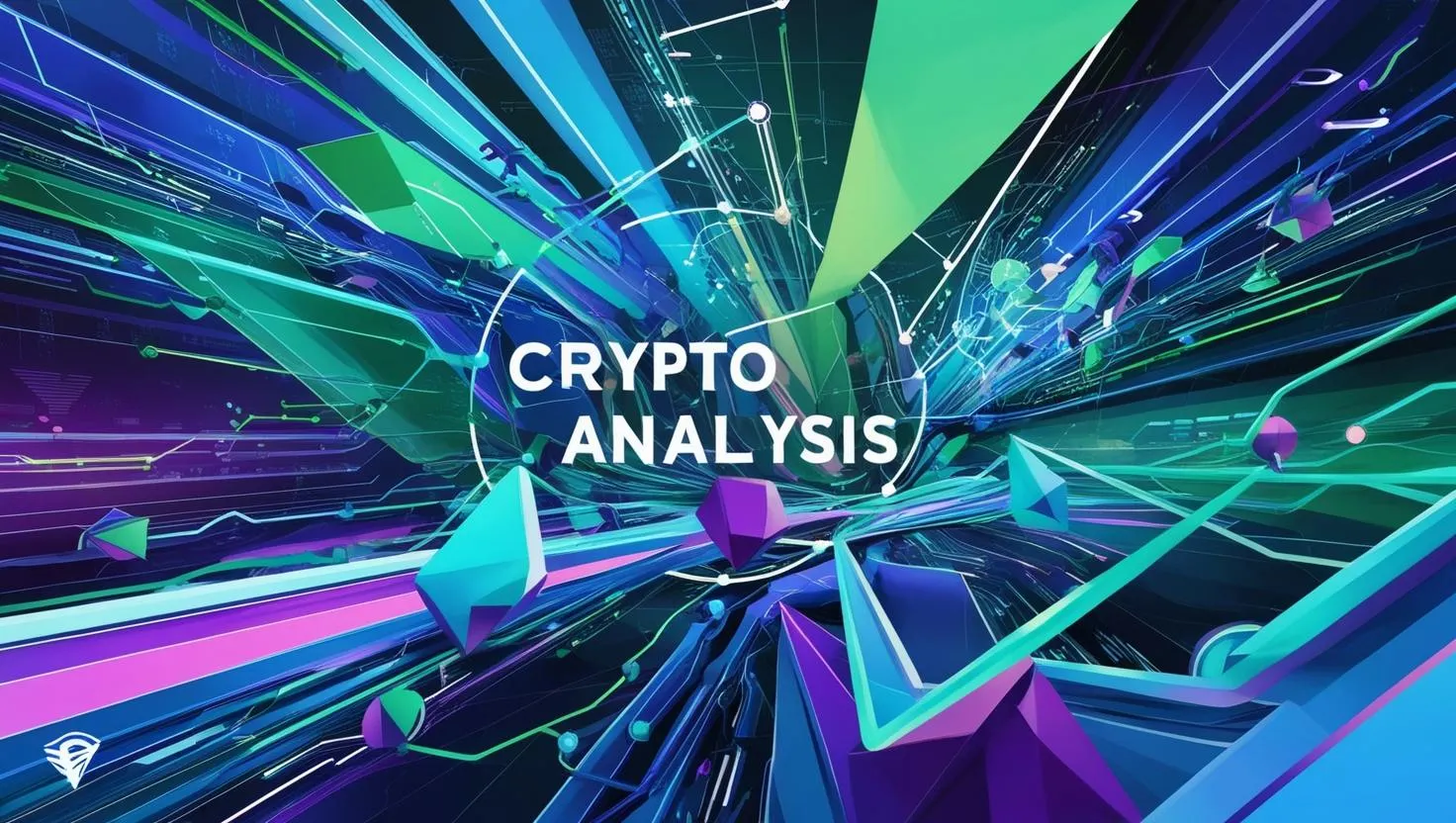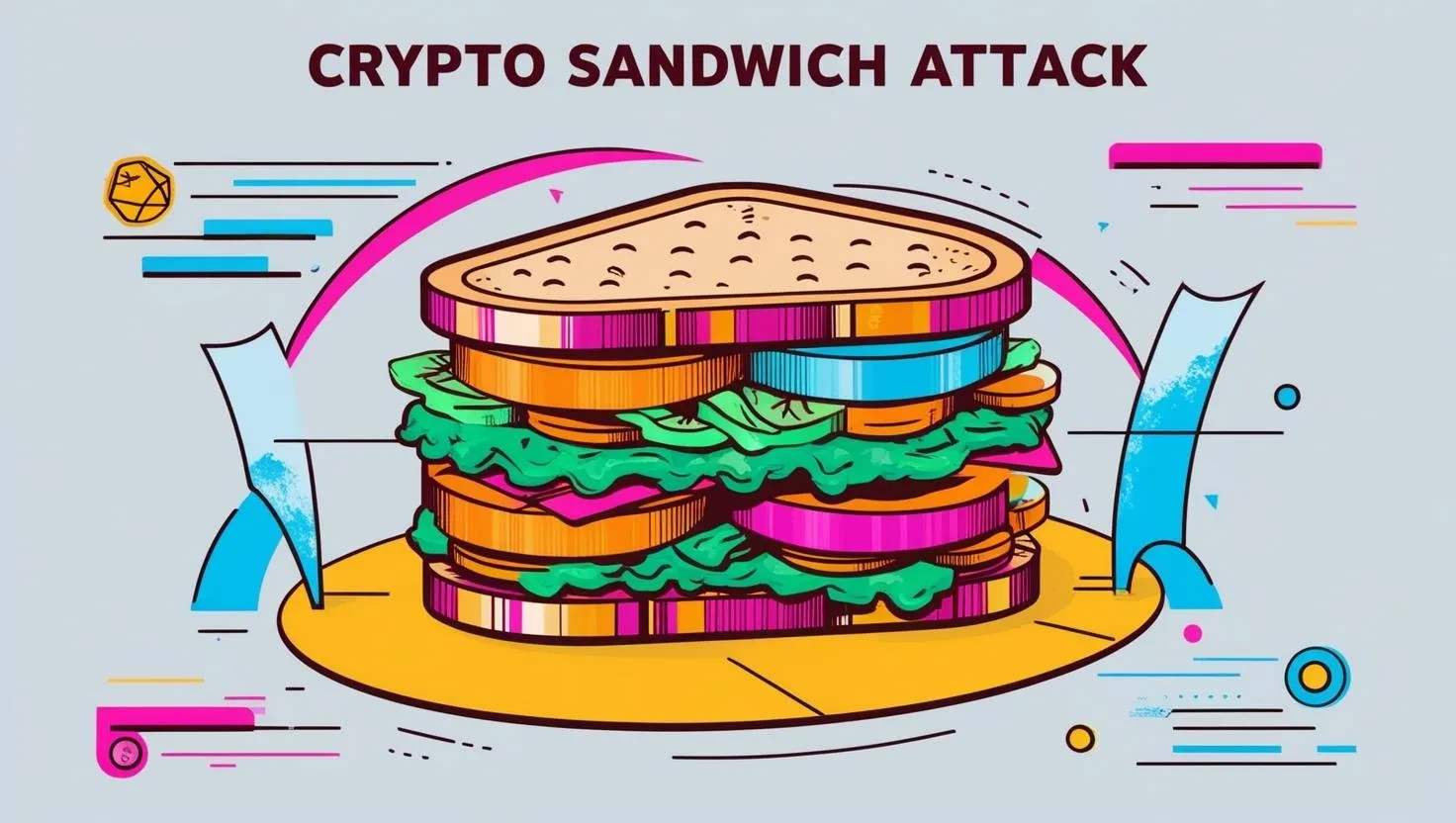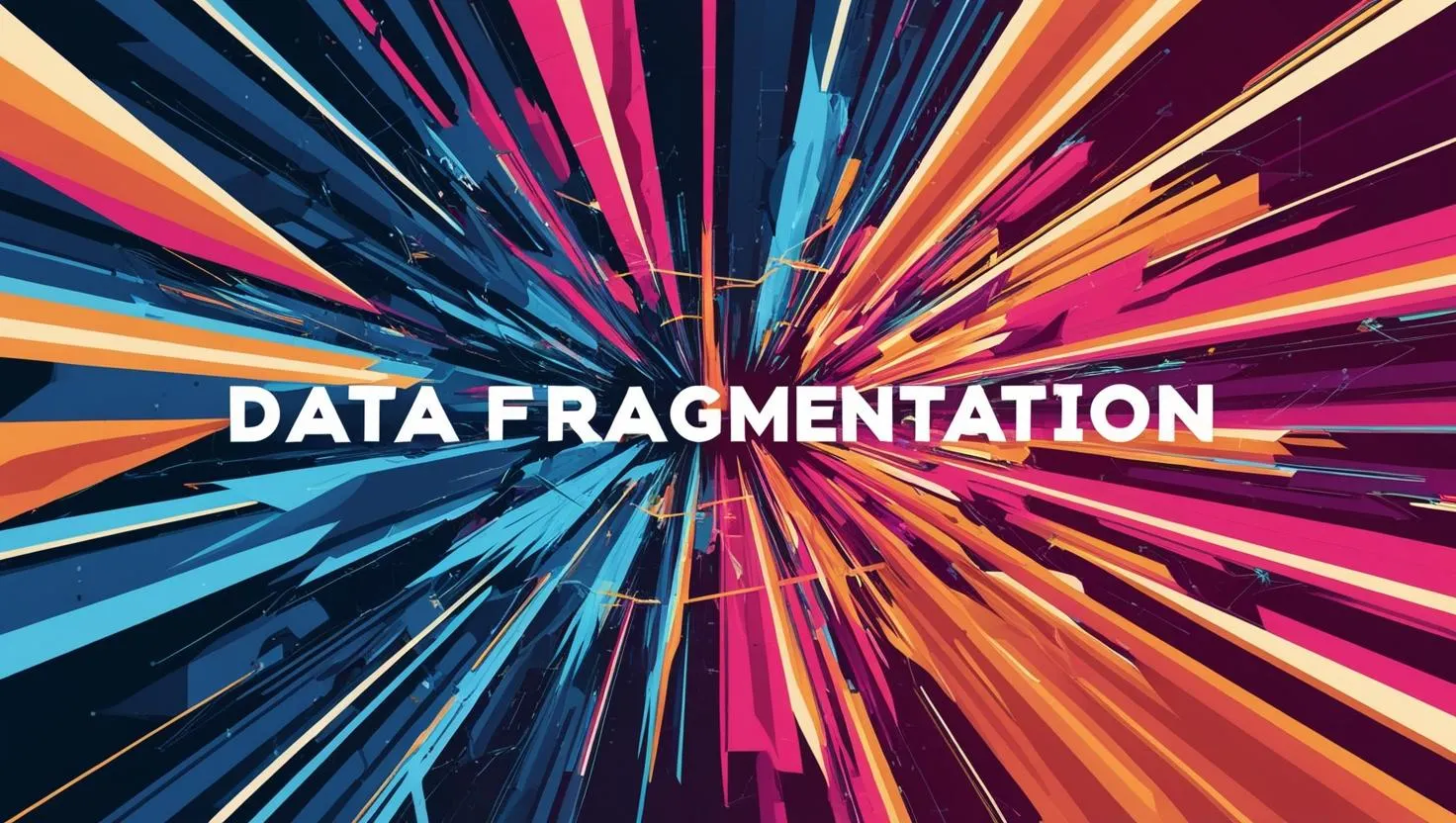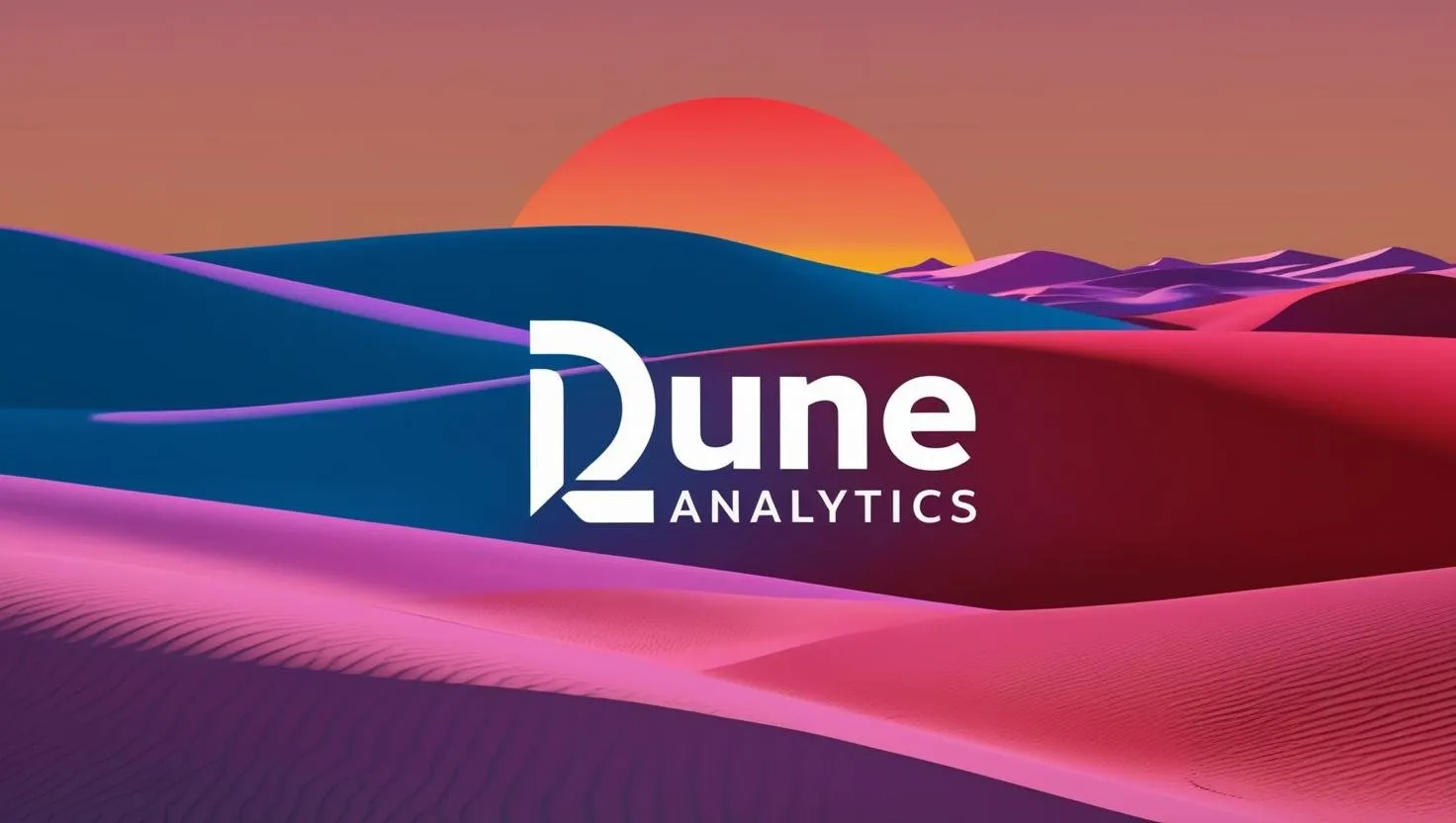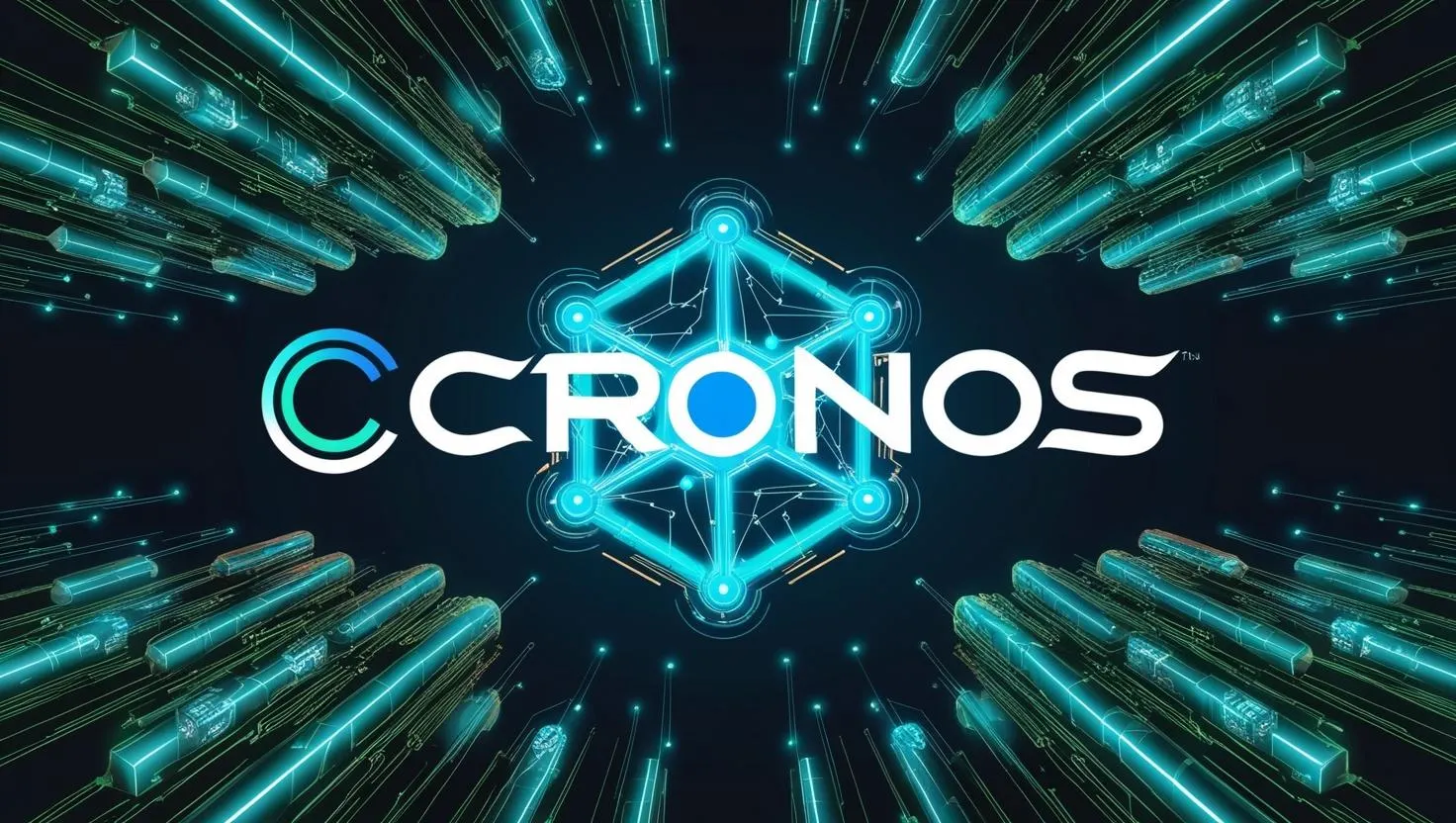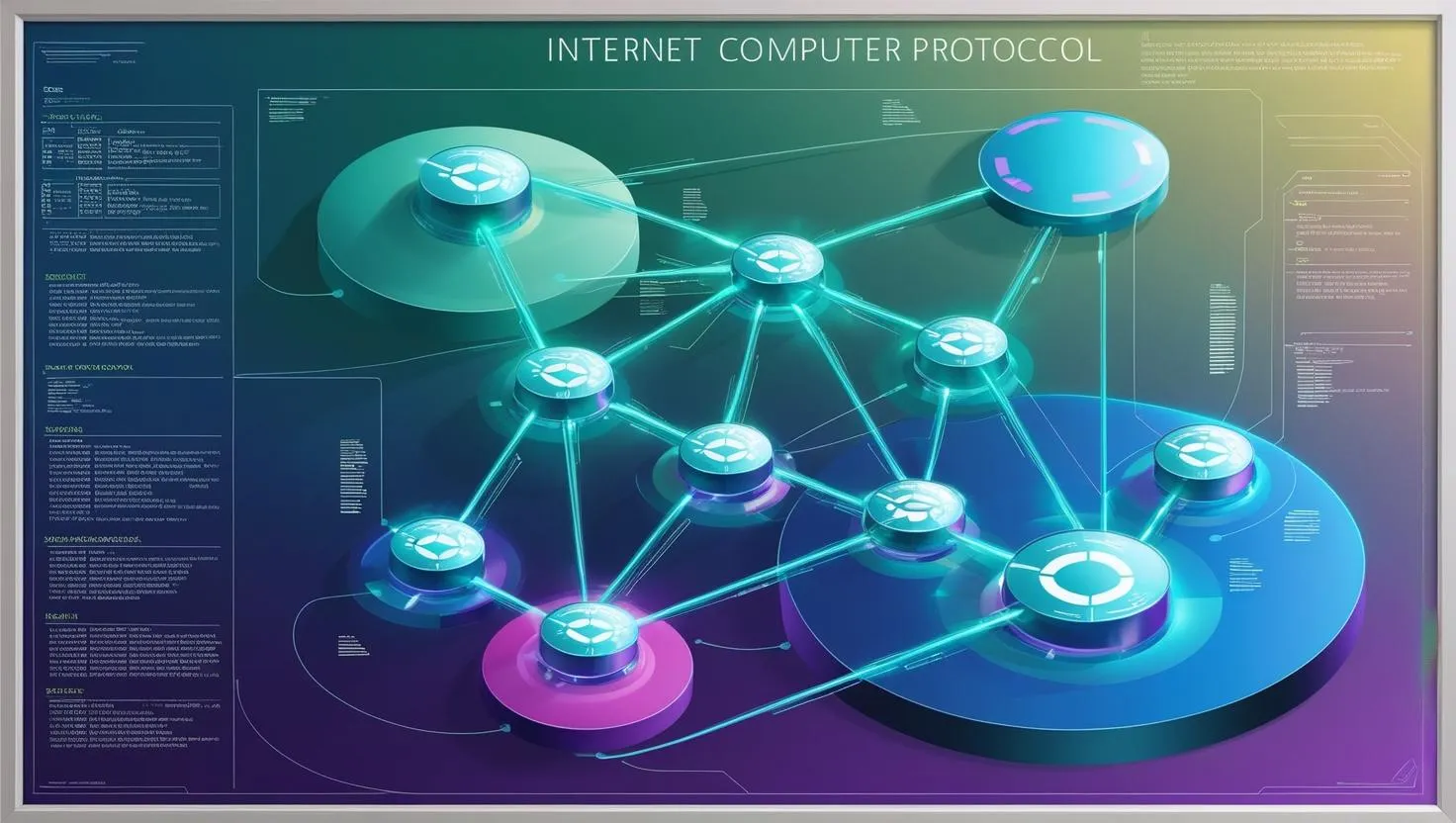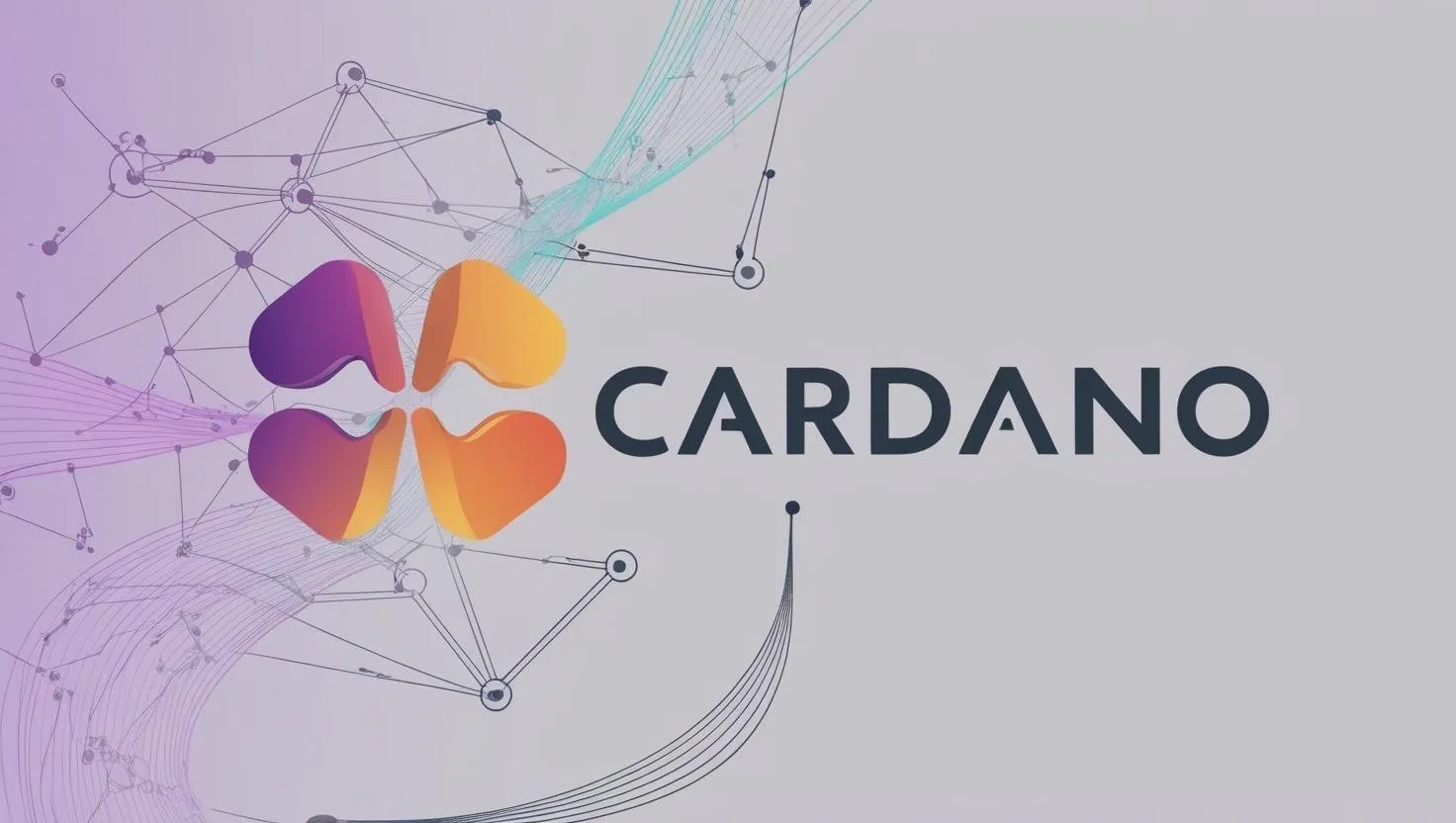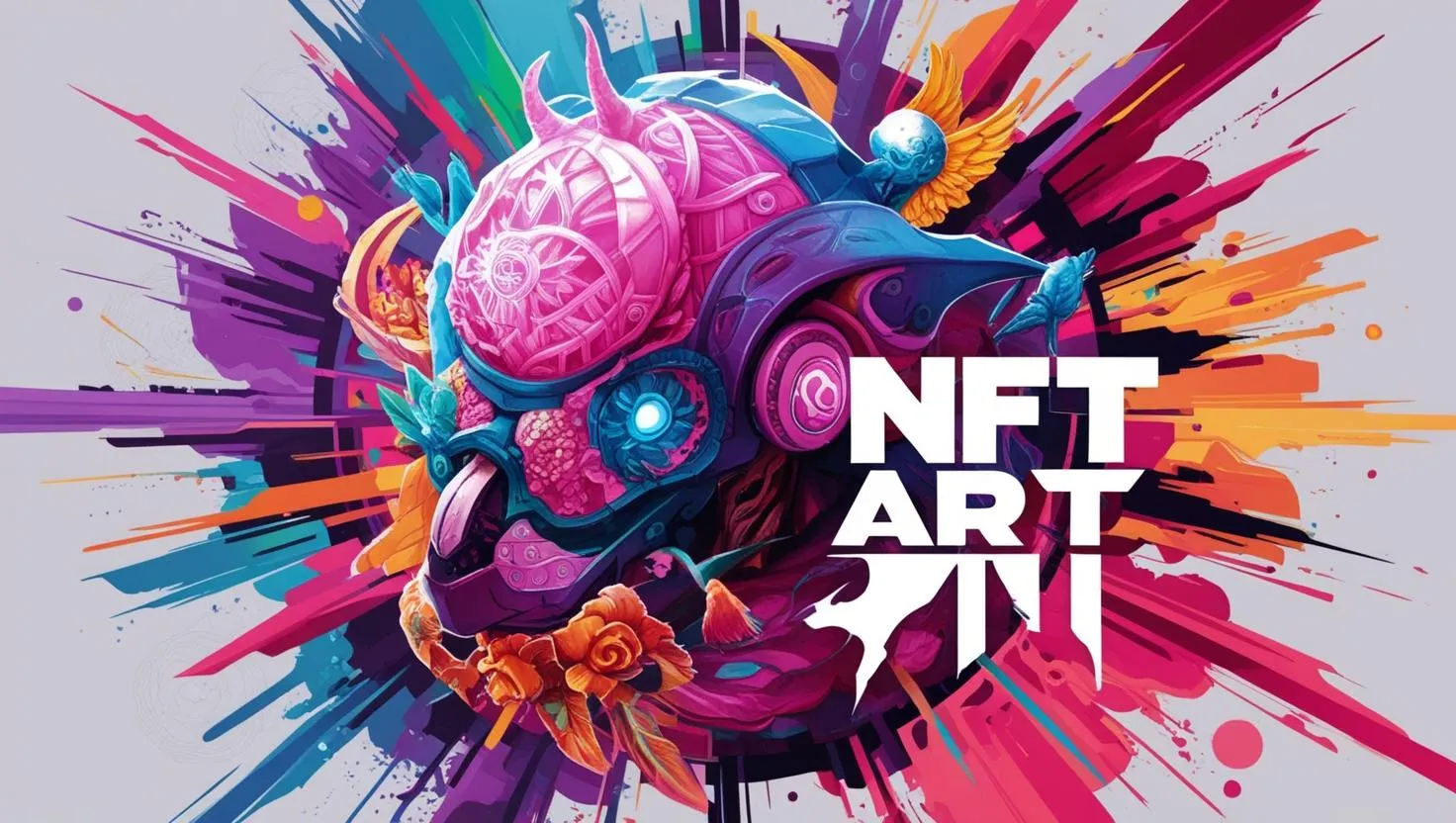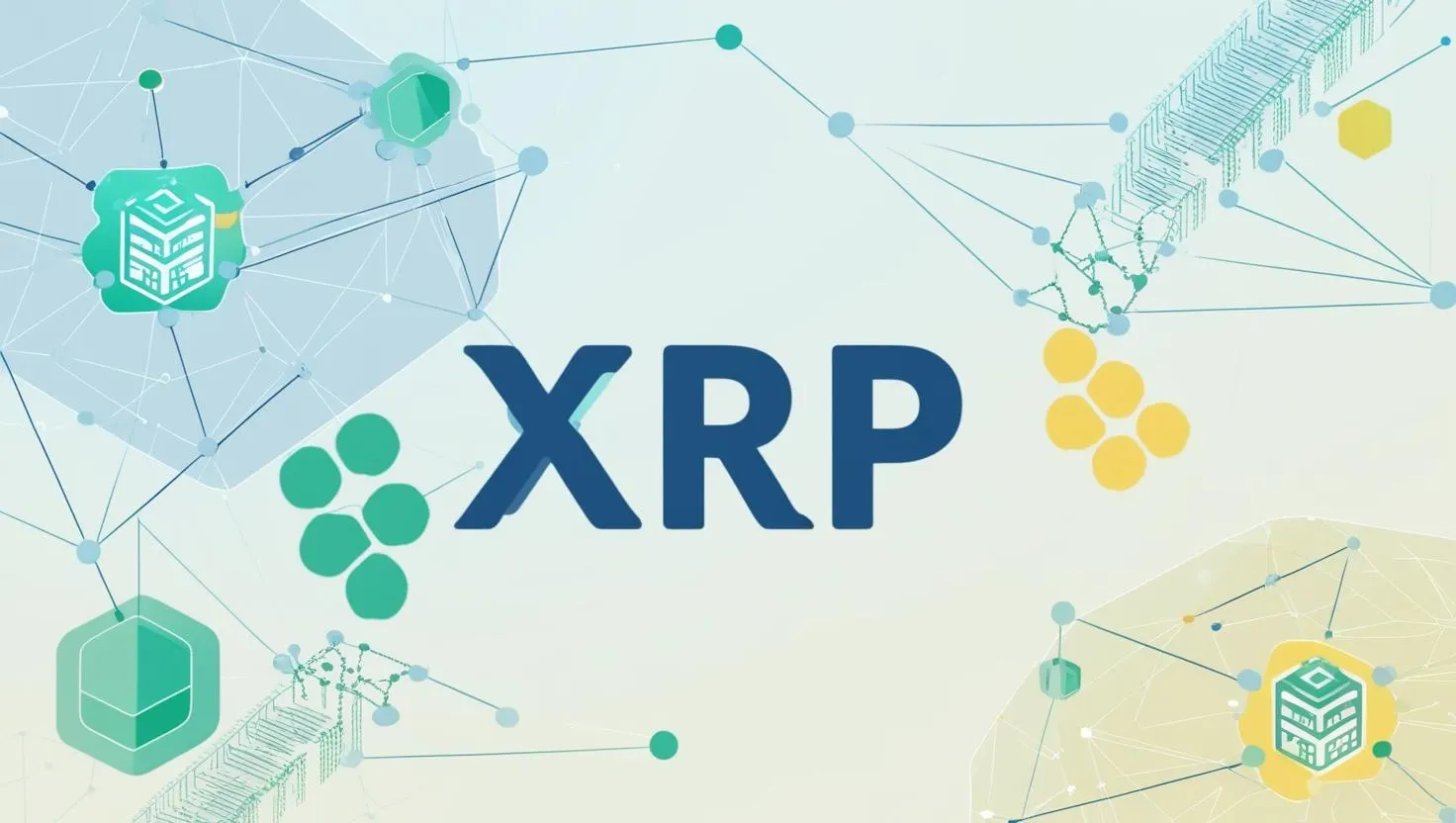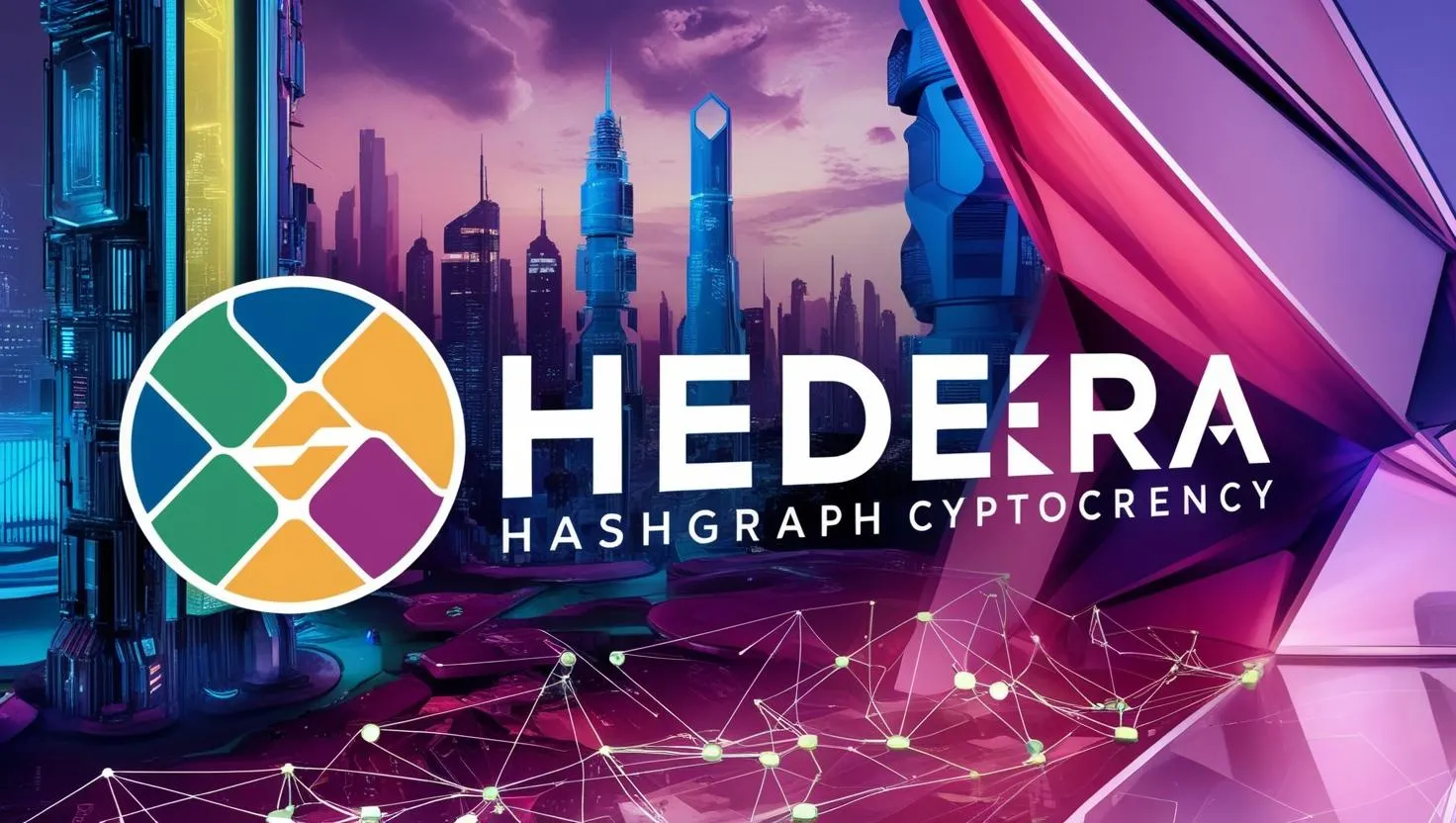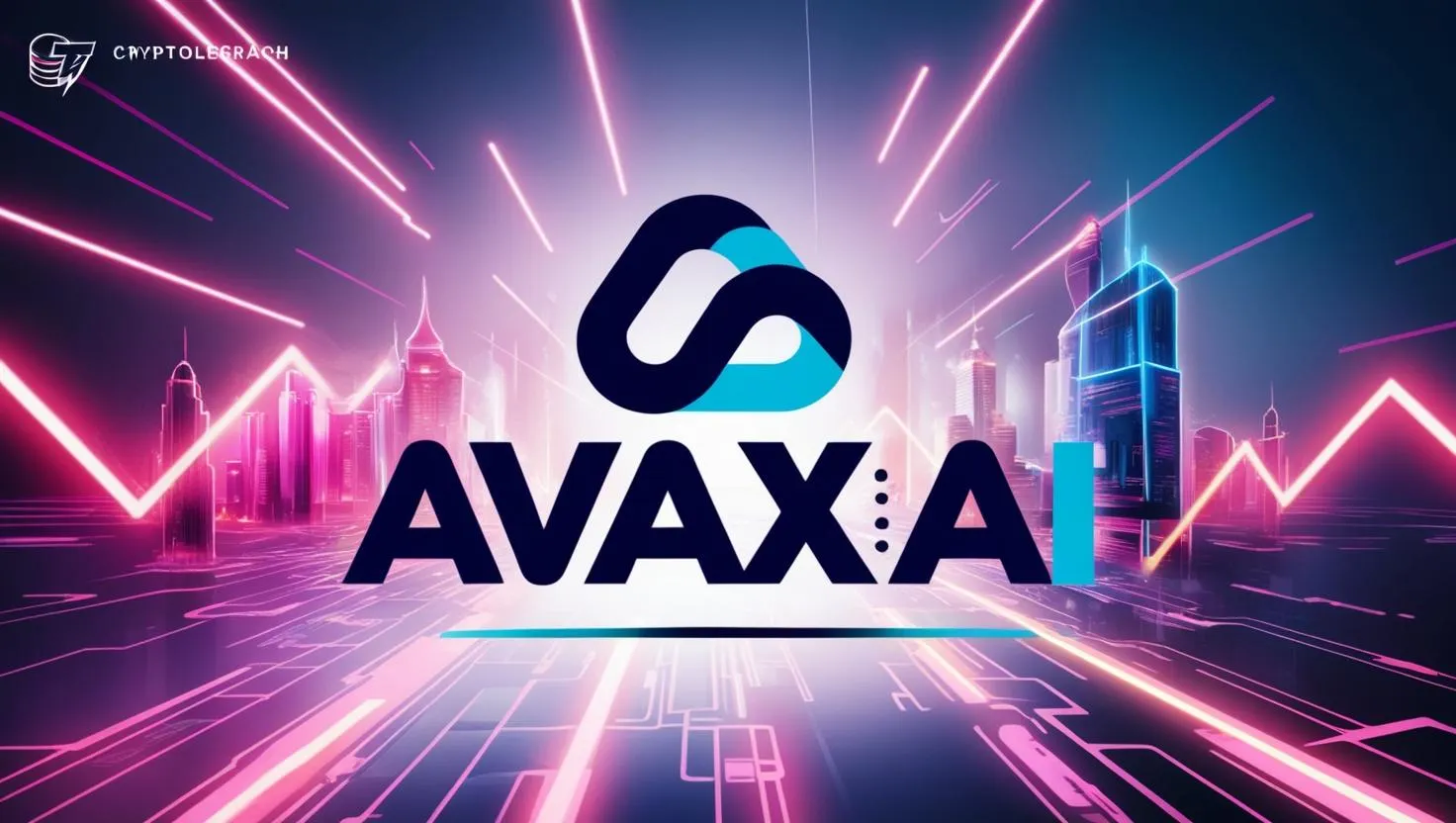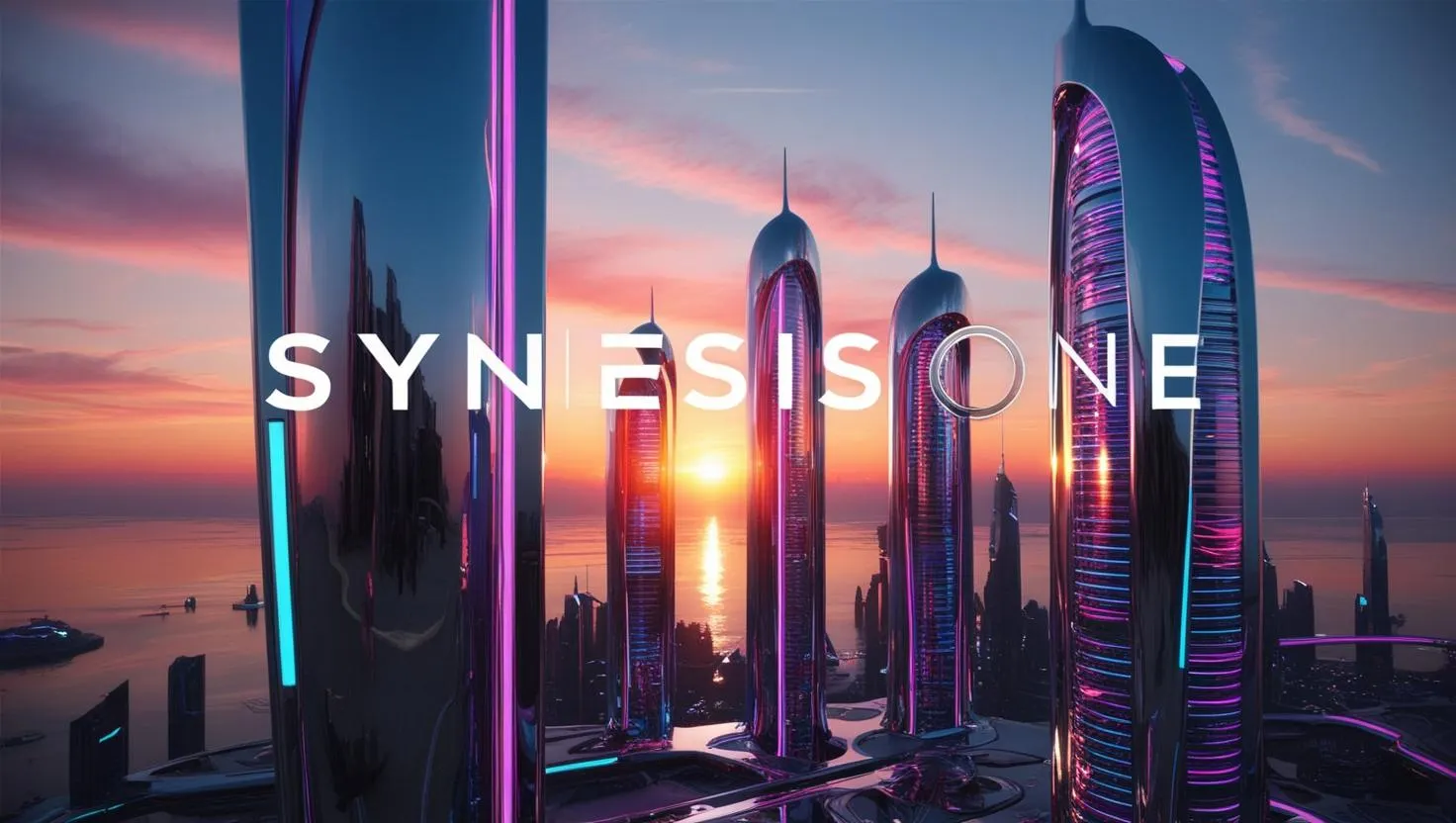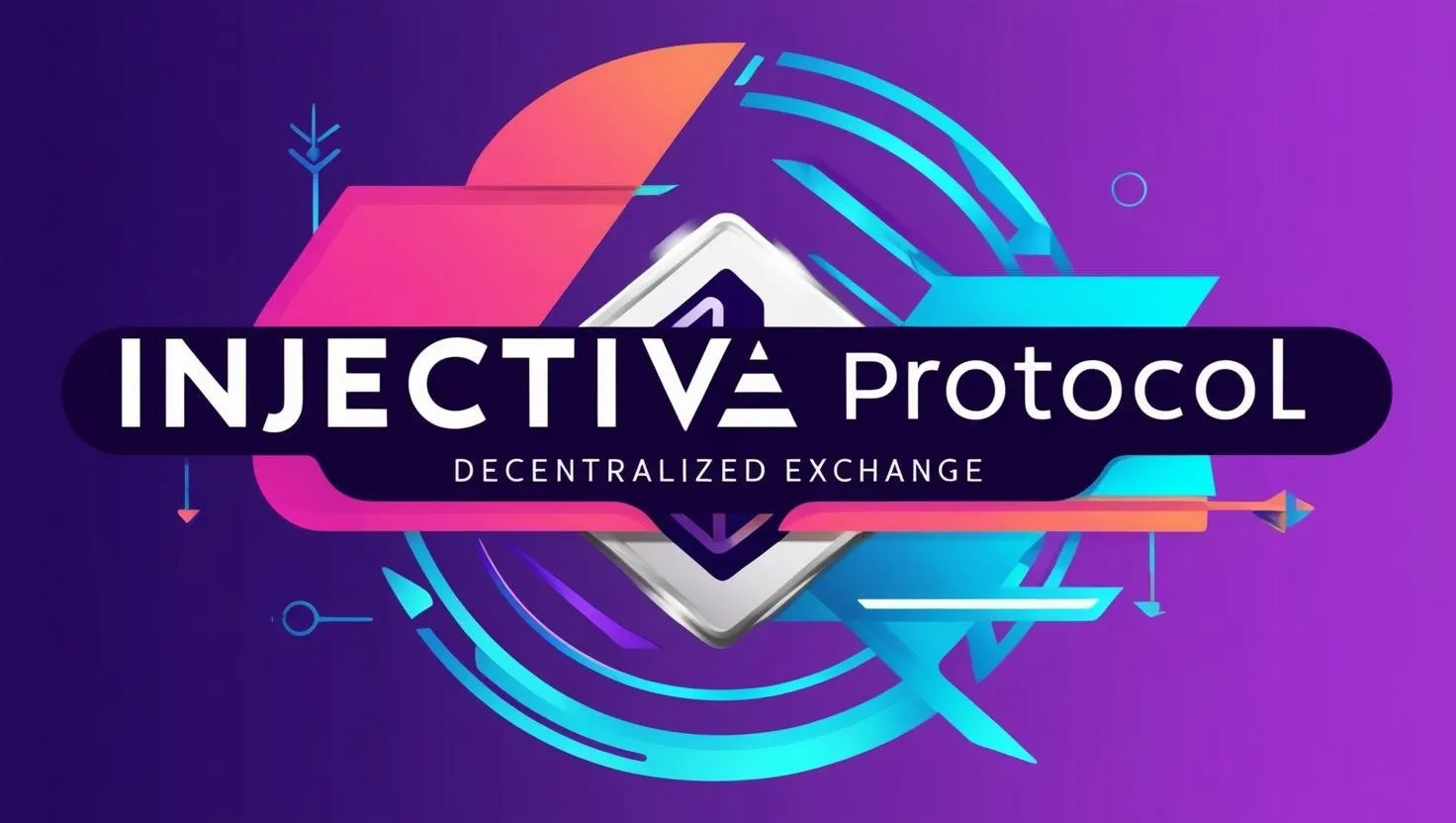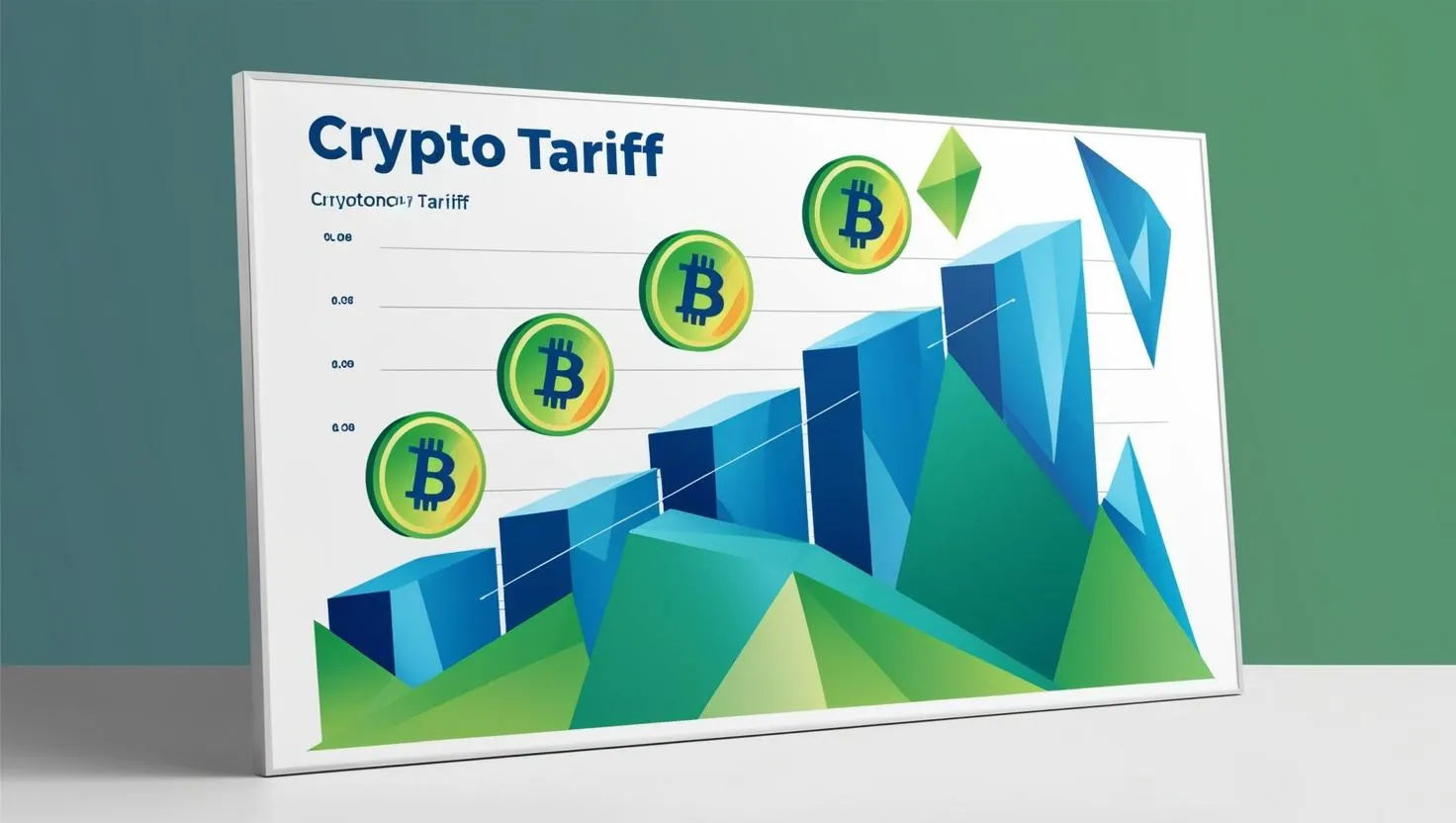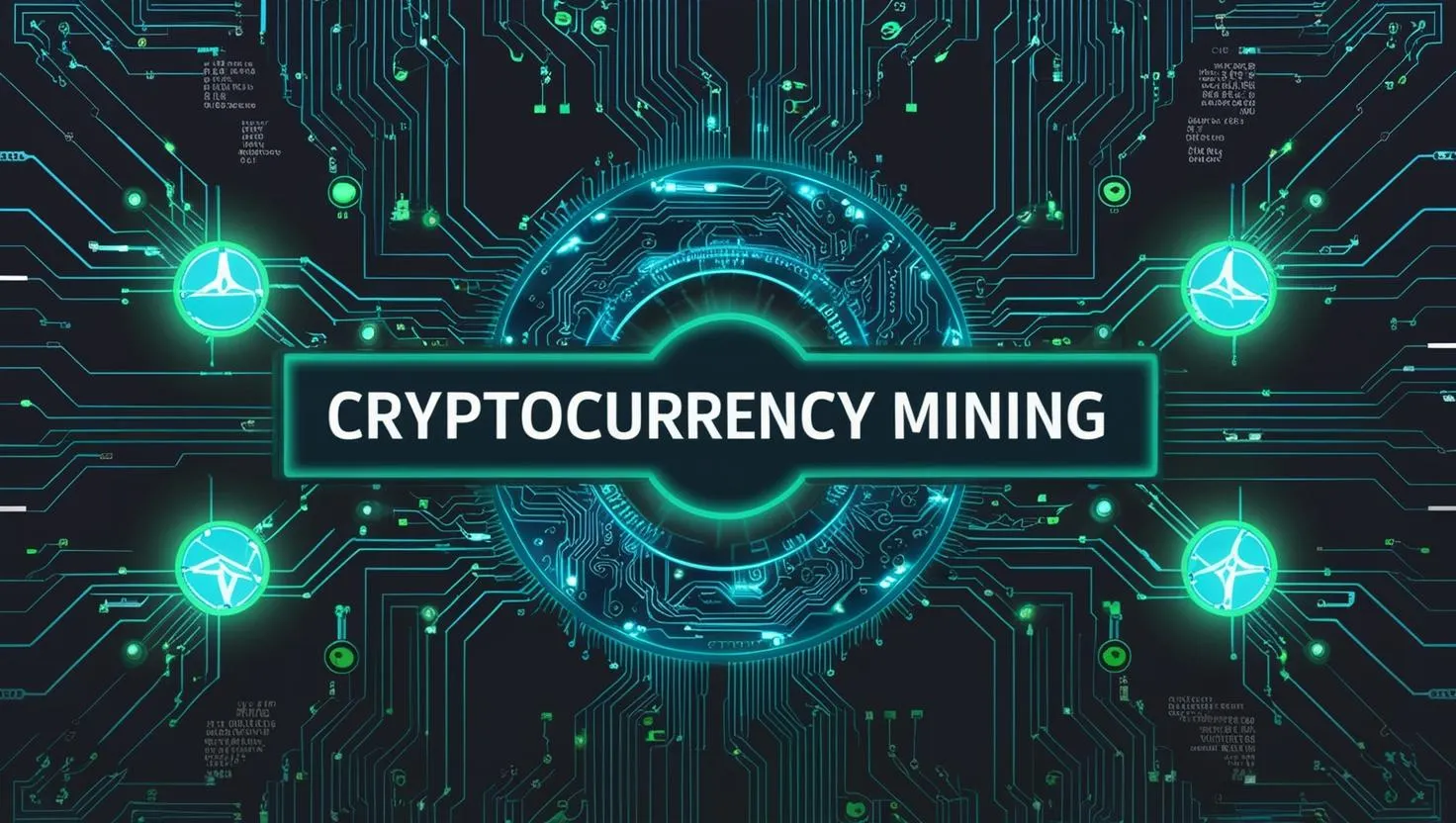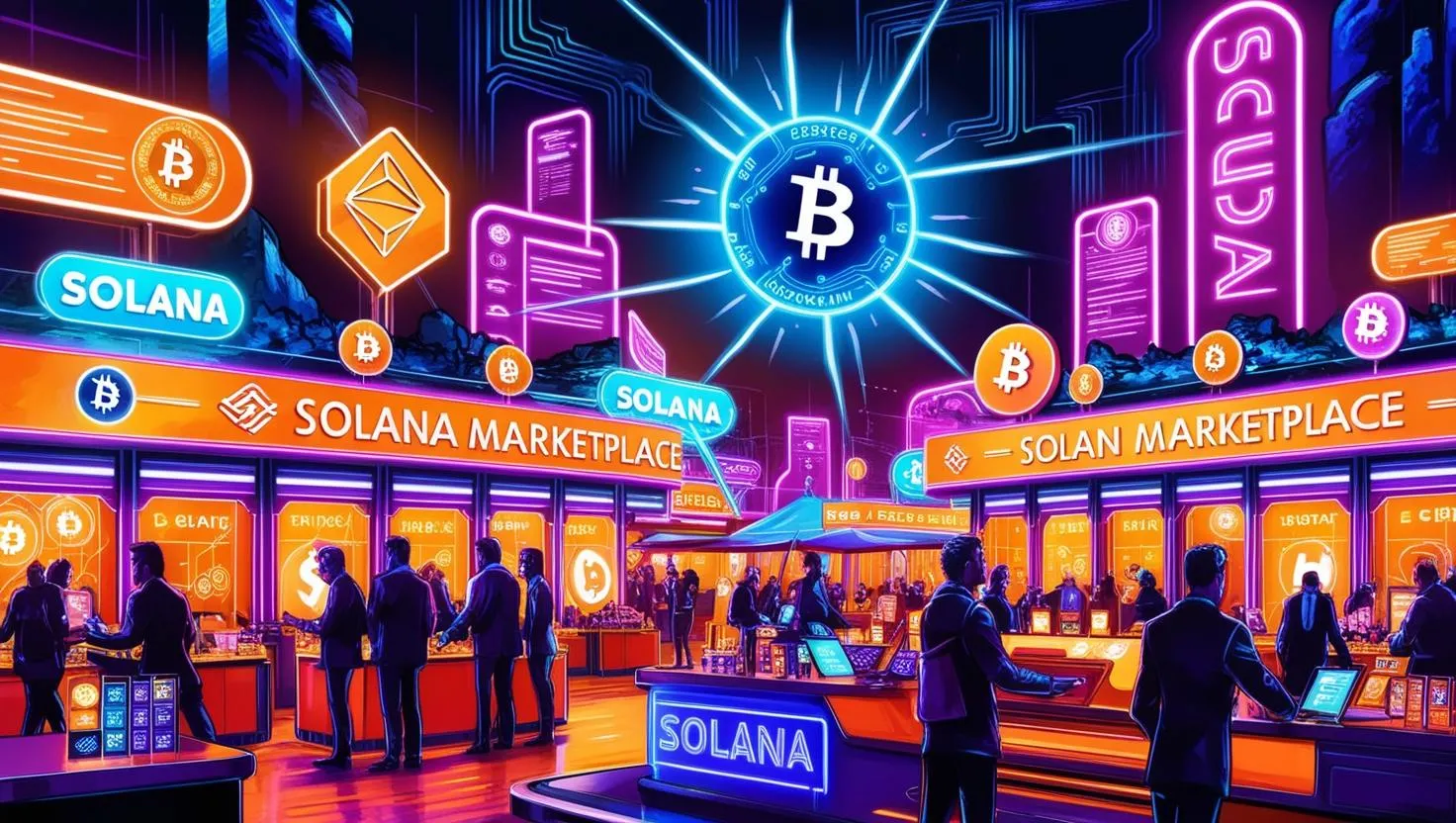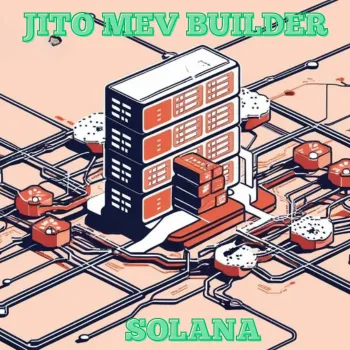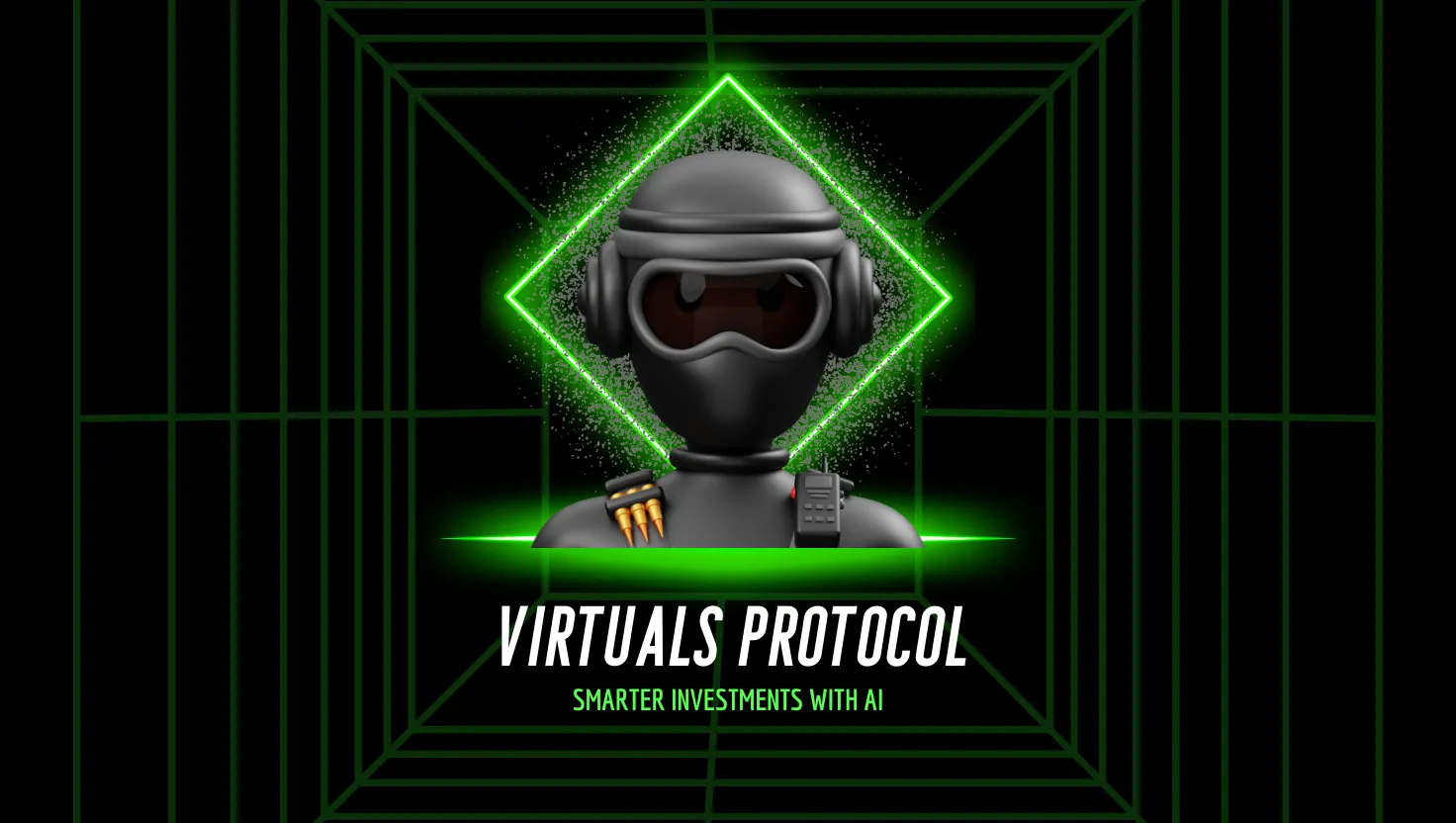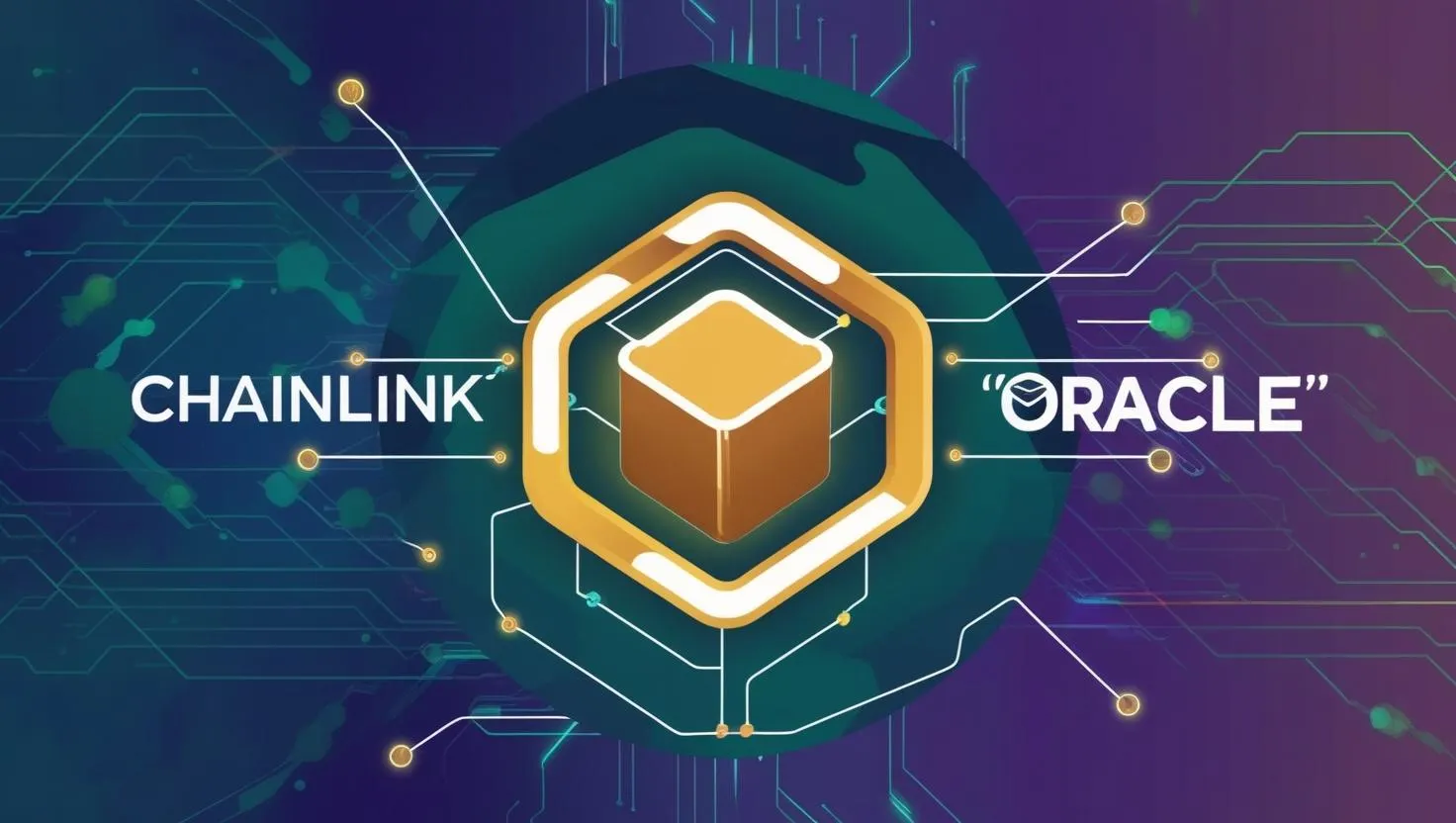Layer Zero Protocol Explained: A Deep Dive into Omnichain Technology
The proliferation of blockchain technology has resulted in a diverse ecosystem of networks, each often optimized for specific use cases and employing unique architectures. This specialization, while driving innovation within individual chains, has inadvertently led to a fragmented landscape. The inherent isolation of these blockchain networks presents a significant challenge, hindering the seamless flow of information and value across different ecosystems.
This lack of interoperability restricts the potential for synergistic network effects, where the overall value and utility of the blockchain space would be amplified by the ability of different networks to communicate and interact.
Consequently, the need for robust and efficient solutions that can bridge these isolated blockchain environments has become increasingly critical for the continued growth and maturation of the technology.
Traditional approaches to achieving interoperability, such as the implementation of centralized blockchain bridges, have often introduced considerable trade-offs, particularly in the crucial areas of security and decentralization. These centralized systems can become attractive targets for malicious actors and represent single points of failure, potentially jeopardizing the integrity of cross-chain transactions.
In response to these limitations, the Layer Zero Protocol has emerged as a novel and ambitious solution, aiming to overcome the inherent challenges of blockchain interoperability and foster a more interconnected ecosystem. At its core, Layer Zero strives to be a fundamental communication layer that connects diverse blockchains while upholding the core principles of decentralization and security that underpin the blockchain ethos.
The ultimate vision of Layer Zero is to facilitate an "omnichain" future, where different blockchain networks can reliably and securely communicate and exchange both data and value in a trust-minimized manner.
This report will provide a comprehensive analysis of the Layer Zero Protocol, detailing its definition, technical architecture, mechanisms for cross-chain communication and asset transfer, advantages, limitations, existing applications, comparisons with other interoperability solutions, and potential future implications for the broader blockchain ecosystem.
What is Layer Zero Protocol?
Layer Zero Protocol is fundamentally an omnichain interoperability protocol. This signifies that it is a set of predefined rules and standards designed to enable distinct and independent blockchain networks to communicate and transact with each other seamlessly and securely.
Unlike a blockchain network itself, Layer Zero operates as a protocol layer that can be integrated into various existing and future blockchain networks, leveraging their inherent security and infrastructure. The core purpose of Layer Zero is to establish a decentralized infrastructure that allows for the efficient and secure movement of both data and digital assets across these otherwise isolated blockchain environments.
This capability empowers developers to create omnichain applications (OApps), which are decentralized applications that transcend the boundaries of a single blockchain. These applications can interact with smart contracts and users across multiple blockchains as if they were all part of a unified network. It is crucial to understand that Layer Zero is not a standalone blockchain or a traditional bridge that directly manages assets. Instead, it functions as a protocol specifically designed for the transfer of data, with the information exchanged between chains being transmitted in the form of messages.
The Layer Zero Protocol is built upon a foundation of several core principles that guide its design and operation, ensuring its resilience and alignment with the decentralized ethos of the blockchain space.
One of these fundamental principles is immutability. The core smart contract components of the protocol, particularly the Endpoints deployed on each supported blockchain, are designed to be immutable and non-upgradeable. This ensures the long-term stability and predictability of the protocol's core functionality, preventing any single entity from unilaterally altering its behavior or introducing vulnerabilities without broad community consensus.
Another key principle is that of being permissionless. Anyone can participate in the infrastructure necessary to facilitate cross-chain messaging, including running Decentralized Verifier Networks (DVNs) and Executors, contributing to the overall decentralization and resilience of the system.
Censorship resistance is also a cornerstone of Layer Zero's design. The protocol is engineered to ensure that all messages submitted are delivered to their intended destination without any selective interference or censorship. Once a message is successfully submitted on the source chain, its eventual delivery is guaranteed, provided the necessary security checks are successfully passed.
Furthermore, Layer Zero introduces the concept of configurable trustlessness. Unlike many traditional bridging solutions that impose a fixed level of trust, Layer Zero allows applications building on the protocol to customize their own security parameters. This is primarily achieved through the selection and configuration of Decentralized Verifier Networks (DVNs), enabling applications to tailor the level of trust and security to their specific needs and risk tolerance.
It is important to draw a distinction between the Layer Zero Protocol and the concept of "Layer-0" networks. While the name might suggest a foundational layer, the term "Layer-0" typically refers to the underlying infrastructure upon which Layer-1 blockchains are constructed. Examples of prominent Layer-0 networks include Cosmos, Polkadot, and Avalanche.
These networks generally provide the framework and tools for developers to launch their own customized Layer-1 blockchains, often focusing on addressing scalability and interoperability at a fundamental infrastructure level.
In contrast, Layer Zero Protocol operates at a different layer of the stack. It is a communication protocol designed to enable interaction between existing (and future) Layer-1 and Layer-2 blockchains, rather than providing the base infrastructure for building new ones. However, it is worth noting that the terminology in the blockchain space can be fluid, and some sources might use the term Layer-0 more broadly to encompass interoperability solutions like Layer Zero, recognizing their role in enabling communication across various blockchain ecosystems.
3. Technical Architecture in Detail
The Layer Zero Protocol's ability to facilitate omnichain interoperability stems from its carefully constructed technical architecture, which comprises several key components working in a coordinated manner to ensure secure and reliable cross-chain communication.
At the core of this architecture are Endpoints. These are immutable smart contracts deployed on each blockchain network that Layer Zero supports, acting as the primary interface for applications on a given chain to interact with the protocol.
These Endpoints serve as both the entry and exit points for all Layer Zero messages on their respective chains. On the source chain, an application initiating cross-chain communication will invoke a function on its local Endpoint to send a message.
Conversely, on the destination chain, the Endpoint is where incoming messages are received and processed before being delivered to the intended recipient application.
The Endpoint is responsible for handling both incoming and outgoing messages, encapsulating them into structured data packets for transmission. Furthermore, the Endpoint defines a unique messaging channel for each communication pathway between a sender contract on one chain and a receiver contract on another, identified by the source and destination Endpoint IDs and the contract addresses.
Applications interact with the Endpoint through functions like endpoint.send() for sending messages and endpoint.lzReceive() for receiving and processing verified messages. The Endpoint also ensures the integrity and order of messages through sophisticated nonce management.
Complementing the Endpoints are Message Libraries (MessageLibs). These are smart contracts registered to a specific Endpoint on each blockchain and are crucial for enforcing the security configuration defined by the application and managing the sending and receiving of data packets.
Message Libraries are append-only additions to Endpoints, allowing for protocol upgrades without forcing updates on existing applications. They implement the specific verification mechanisms chosen by the application, adhering to the ISendLib interface to allow for diverse security configurations. On the source network, the Message Library processes the message and prepares the packet for the Endpoint. On the destination network, it verifies the packet and records the verification with the Endpoint, enabling message delivery.
Message Libraries also have a versioning system, with communication between Endpoints requiring the use of libraries with the same major version to ensure compatibility.
A key innovation in Layer Zero's architecture, particularly in V2, is the introduction of Decentralized Verifier Networks (DVNs). These are networks of independent entities that perform distributed consensus to securely verify the authenticity and integrity of data packets transmitted between blockchains.
DVNs are a core part of the configurable Security Stack, allowing applications to select and set thresholds for verification. They support diverse client implementations and can utilize various technologies for verification. Each DVN uses its own scheme to verify the payloadHash before it's verified by the Message Library on the destination network. Once the required number of DVNs confirm the hash, the packet's nonce and hash are recorded as verified on the destination Endpoint. Applications can choose from a list of available DVNs or even deploy their own.
In Layer Zero V2, the protocol separates message verification from execution, with Executors handling the latter. These are permissionless off-chain services that execute the commands encoded in the Message Options after the Security Stack verifies the packet. This separation enhances efficiency and allows for easier updates. Anyone willing to pay gas fees can act as an Executor.
While the term "Ultra-Light Node" (ULN) might suggest lightweight clients, in Layer Zero, it primarily refers to the basic messaging library (MessageLib) included in every deployment. As the foundational Message Library, the ULN serves as the default mechanism for verifying cross-chain messages efficiently, using block headers and transaction proofs.
ULNs enable communication without expensive on-chain light nodes or less secure middle chains. They are integral to Layer Zero Endpoints and support a customizable two-tier quorum system for DVNs.
In earlier versions (V1), Layer Zero relied on a combination of oracles and relayers. Oracles were responsible for reading block headers from the source chain (using the ULN) and sending them to the destination chain for verification. They contributed half of the validation information, working independently from relayers to enhance security. Layer Zero used decentralized oracles like Chainlink and Band Protocol , but also allowed applications to configure their own. In V2, the role of traditional oracles is largely replaced by the more decentralized and customizable DVNs, which perform a similar function of verifying cross-chain data.
4. Facilitating Cross-Chain Communication and Asset Transfer
Layer Zero Protocol facilitates cross-chain communication and asset transfer through a combination of sophisticated mechanisms built upon its core architectural components.
One of the fundamental ways it achieves this is through generic message passing. Layer Zero provides a standardized interface that allows smart contracts on different blockchains to send and receive arbitrary data. This enables applications to push state transitions and exchange any type of information across the interconnected network of blockchains supported by the protocol. Messages are structured with a payload containing the data and routing information, which is then serialized into packets for efficient transmission across the network.
To ensure the integrity and uniqueness of each message, the protocol assigns a unique nonce and a Globally Unique Identifier (GUID) to every message, which helps in tracking the message's status and preventing replay attacks.
Beyond generic data transfer, Layer Zero enables the creation and seamless movement of digital assets across different blockchains through Omnichain Fungible Tokens (OFTs).
OFTs are a unified token standard that allows fungible tokens to be transferred between blockchains without the need for traditional methods like asset wrapping, intermediary chains, or reliance on fragmented liquidity pools. This simplifies the process of moving value across different ecosystems and enhances capital efficiency.
Examples of projects leveraging OFTs through Layer Zero include PancakeSwap's CAKE token, Radiant Capital's RDNT, and TraderJoe's JOE. Similarly, Layer Zero supports Omnichain Non-Fungible Tokens (ONFTs), enabling the minting, transfer, and management of NFTs across various blockchains while preserving the crucial ownership records. For instance, the Lil Pudgys NFT collection utilizes Layer Zero to facilitate bridging across multiple networks.
Layer Zero also serves as a foundational layer for various cross-chain DeFi applications. It enables use cases such as cross-chain lending and borrowing, where users can lend assets on one blockchain and borrow on another, all within a single transaction flow. Unified liquidity decentralized exchanges (DEXes) can aggregate liquidity from multiple chains, offering deeper liquidity and better prices to users.
Omnichain money markets, like Radiant Capital, leverage Layer Zero to allow users to deposit major assets on one chain and borrow supported assets on another. A prime example of a DeFi protocol built on Layer Zero is Stargate Finance, which provides a composable asset bridge for seamless cross-chain liquidity transfers.
Furthermore, Layer Zero facilitates cross-chain governance. It allows decentralized autonomous organizations (DAOs) and other governance protocols to operate across multiple blockchain networks, enabling broader participation in decision-making processes. Decentralized applications deployed across multiple chains can utilize Layer Zero for voting and implementing proposals in a unified manner.
The protocol also supports cross-chain data queries (lzRead). This functionality enables smart contracts on one blockchain to securely request and retrieve real-time state information from other networks. This can be crucial for triggering on-chain operations based on data from other ecosystems, such as rebalancing liquidity pools or adjusting lending parameters based on price feeds or contract balances on different chains.
Finally, Layer Zero's architecture enables omnichain composability by decoupling security from execution. This design allows developers to build complex, multi-step workflows that span across multiple blockchain networks, breaking down operations into discrete, manageable messages with instant finality, leading to advanced use cases and improved user experiences.
5. Advantages of Using Layer Zero Protocol
Utilizing the Layer Zero Protocol for cross-chain communication and asset transfer offers several key advantages compared to traditional bridging methods and other interoperability solutions. One of the primary benefits is enhanced security. The configurable security model, facilitated by Decentralized Verifier Networks (DVNs), allows applications to tailor the security measures to their specific requirements and risk profiles.
The separation of verification and execution further bolsters security by ensuring that unverified messages cannot be executed. The immutability of the core protocol contracts provides a stable and predictable foundation, while the distributed consensus mechanism of DVNs reduces the risk of single points of failure.
Layer Zero also offers improved efficiency and scalability. The use of Ultra-Light Nodes (ULNs) minimizes the computational resources needed for cross-chain transactions compared to traditional light nodes. By enabling direct communication between blockchains, Layer Zero reduces the need for intermediary chains or tokens. The independent management of communication channels between different application pairs allows for scalability without interference. Furthermore, Layer Zero's scalability is inherently tied to the growth and capacity of the underlying interconnected chains.
Another significant advantage is the increased flexibility and customization provided by the protocol. Applications have exclusive control over their protocol security and associated costs. Developers can select from a variety of DVNs and configure their security stack according to their specific needs. Configurable Message Libraries allow for tailoring message formatting and handling. The protocol's VM-agnostic integration ensures compatibility across various blockchain environments.
Layer Zero also enhances the user experience by enabling seamless cross-chain interactions that abstract away the underlying complexities, such as the need for manual token wrapping and unwrapping. This allows users to perform cross-chain transactions as easily as they would on a single blockchain. For example, platforms built on Layer Zero can facilitate native cross-chain swaps within a single transaction. Finally, the protocol is designed with censorship resistance as a core principle, ensuring that all messages submitted are delivered without selective interference.
6. Disadvantages, Limitations, and Security Considerations
Despite its numerous advantages, using the Layer Zero Protocol also presents certain disadvantages, limitations, and security considerations that warrant careful evaluation. While the configurable security model offers flexibility, it also places a significant responsibility on application developers to choose appropriate security parameters.
Misconfigurations or a lack of understanding of the underlying security mechanisms could potentially lead to vulnerabilities. The security of the protocol is also inherently linked to the security and reliability of the chosen Decentralized Verifier Networks (DVNs). Collusion or compromise of a sufficient number of DVNs could theoretically lead to the verification of fraudulent messages. As a relatively new technology, Layer Zero might still have undiscovered vulnerabilities or bugs that could emerge over time.
The protocol's reliance on external entities such as DVNs and Executors (previously oracles and relayers) for message verification and execution introduces a dependency on their performance and reliability.
Any issues or downtime experienced by these entities could impact the overall functionality of Layer Zero. The high degree of flexibility and configurability offered by Layer Zero can also introduce complexity for developers in terms of understanding and implementing the protocol correctly.
While ULNs aim to reduce costs associated with cross-chain transactions, there are still gas fees involved on both the source and destination chains, as well as potential fees for the services of DVNs and executors. As a relatively recent innovation, Layer Zero has not yet achieved widespread adoption compared to more established interoperability solutions. Furthermore, the security and functionality available to an application are directly tied to the Message Libraries it chooses to utilize, and the maturity and availability of these libraries could represent a potential limitation.
7. Existing Applications and Use Cases
The Layer Zero Protocol has already been integrated into a diverse range of applications across the Web3 ecosystem, showcasing its versatility and potential to address various interoperability needs.
In the realm of DeFi, Stargate Finance stands out as a prominent example, utilizing Layer Zero to provide a composable asset bridge that enables native cross-chain liquidity transfers. Radiant Capital, an omnichain money market, leverages Layer Zero to facilitate cross-chain lending and borrowing.
Popular decentralized exchanges like PancakeSwap and TraderJoe have integrated Layer Zero to make their native tokens, CAKE and JOE respectively, available as Omnichain Fungible Tokens (OFTs) across multiple networks. SushiSwap is also actively developing a unified liquidity system using Layer Zero to enhance cross-chain swaps. Other notable DeFi projects utilizing Layer Zero include Ethena with its USDe synthetic dollar, EtherFi for liquid restaking, Curve Finance, Lybra Finance, Pendle, Prisma Finance, Qi Dao, USDV, Extra Finance, and Gravita Protocol.
In the NFT space, Layer Zero enables cross-chain capabilities for collections like Pudgy Penguins (Lil Pudgys), which can be bridged across different networks. Gh0stly Gh0sts is an example of an omnichain NFT collection built from the ground up to leverage Layer Zero's interoperability. Holograph offers an NFT bridging solution that simplifies the transfer of NFTs between various blockchains using Layer Zero.
The gaming sector is also exploring the potential of Layer Zero. Shrapnel, a blockchain-based game, has made all its in-game assets bridgeable using Layer Zero's OFT standard. Heroes of Mavia's token, MAVIA, is an OFT transferable between different networks, and Portal, a platform connecting web3 games and gamers, uses its native coin PORTAL as an OFT transferable across multiple networks.
Beyond specific applications, Layer Zero is also powering crucial infrastructure projects. Clusters is a universal nameservice built on Layer Zero V2, allowing users to manage wallets across multiple chains under a single name. Conflux and Core are leveraging Layer Zero for cross-chain interoperability, while Glue connects multiple Layer 2 networks. Harmony utilizes Layer Zero for its cross-chain bridge, and Aptos Bridge enables asset transfers between the Aptos network and other blockchains. BTC.b, a wrapped Bitcoin on Avalanche, is now an OFT using Layer Zero, and a Testnet Bridge allows developers to experiment with cross-chain interactions.
Other infrastructure projects include Tapioca, Angle Protocol, Rage Trade, TofuNFT, and CANTO. Even established protocols like Uniswap are utilizing Layer Zero for specific functionalities, such as governance communication between different deployments. XGEMs, tokens for real-world and metaverse experiences, also leverage Layer Zero's OFT standard.
Comparison with Other Interoperability Solutions
When comparing Layer Zero Protocol with other prominent blockchain interoperability solutions, several key differences and similarities emerge.
Polkadot
A Layer-0 protocol that focuses on connecting multiple specialized blockchains, known as "parachains," to a central "relay chain". Polkadot provides shared security and enables interoperability between these parachains, aiming to build an "Internet of Blockchains". While both Polkadot and Layer Zero address interoperability, they employ different architectural approaches. Polkadot relies on a central relay chain to coordinate communication between its connected parachains, whereas Layer Zero functions as a messaging protocol that any blockchain can integrate with directly.
Cosmos is another Layer-0 protocol with the goal of creating an "Internet of Blockchains" through its Inter-Blockchain Communication (IBC) protocol. Cosmos allows independent blockchains, called "zones," to transfer assets and data between each other through a network of hubs and zones. Similar to Polkadot, Cosmos aims for a highly interconnected ecosystem but utilizes a different architecture than Layer Zero's generic messaging protocol.
Traditional bridging methods often involve wrapping assets from one blockchain to represent them on another. These methods can suffer from security vulnerabilities due to centralized components or the need for trusted intermediaries. They can also lead to fragmented liquidity, as the wrapped version of an asset might not have the same liquidity as the native asset on its original chain. Layer Zero aims to overcome these limitations by enabling native cross-chain transfers without the need for asset wrapping.
Potential Future Implications for the Blockchain Ecosystem
The Layer Zero Protocol holds significant potential to shape the future of the blockchain ecosystem in profound ways. Its ability to facilitate greater interoperability and connectivity across the currently fragmented landscape could lead to a more unified and interconnected Web3. By simplifying cross-chain interactions, Layer Zero can be a catalyst for facilitating innovation, enabling developers to build more sophisticated and groundbreaking decentralized applications that can leverage the unique strengths and capabilities of multiple blockchains simultaneously. The seamless transfer of assets across chains promises to lead to enhanced liquidity and improved capital efficiency within the decentralized finance (DeFi) space, creating more robust and interconnected financial ecosystems. This improved interoperability has the potential to lead to a more user-friendly and accessible blockchain experience, which could ultimately drive broader adoption of blockchain technology by both individuals and institutions.
The unique capabilities of Layer Zero could also unlock entirely new use cases that were previously impractical or impossible due to the limitations of isolated blockchain networks. The protocol's vision of an "Internet of Blockchains", where different blockchain networks can communicate as seamlessly as computers on the internet, could become a reality. Furthermore, Layer Zero aims to bring about a standardization of cross-chain communication, much like TCP/IP standardized communication for the internet, potentially simplifying development and fostering greater collaboration across the blockchain space.
10. Conclusion
The Layer Zero Protocol represents a significant advancement in the pursuit of blockchain interoperability. By providing a secure, flexible, and efficient framework for cross-chain communication and asset transfer, it addresses many of the limitations inherent in traditional bridging solutions. Its innovative architecture, featuring immutable Endpoints, configurable Message Libraries, Decentralized Verifier Networks, and permissionless Executors, offers a robust foundation for building a more interconnected and unified Web3 ecosystem. While certain limitations and security considerations exist, the growing adoption of Layer Zero across various sectors, from DeFi and NFTs to gaming and infrastructure, underscores its potential to be a foundational technology for the future of blockchain. As the blockchain landscape continues to evolve and the need for seamless interaction between different networks becomes increasingly paramount, Layer Zero stands poised to play a crucial role in realizing the vision of a truly interconnected and interoperable blockchain ecosystem.
Works cited
- LayerZero Documentation | LayerZero, accessed April 4, 2025, https://docs.layerzero.network/v2
- What Is LayerZero (ZRO) Cross-chain Interoperability Protocol? | KuCoin Learn, accessed April 4, 2025, https://www.kucoin.com/learn/crypto/what-is-layerzero-zro-and-how-does-it-work
- What are Layer-0 protocols? - Coinbase, accessed April 4, 2025, https://www.coinbase.com/learn/crypto-glossary/what-are-layer-0-protocols
- www.coinbase.com, accessed April 4, 2025, https://www.coinbase.com/learn/crypto-glossary/what-are-layer-0-protocols#:~:text=Layer%2D0%20protocols%20are%20the,Cosmos%2C%20Polkadot%2C%20and%20Avalanche.
- What Is LayerZero? - Ledger, accessed April 4, 2025, https://www.ledger.com/academy/topics/crypto/what-is-layerzero
- What is LayerZero and How Does It Enable Interoperability? - CoinGecko, accessed April 4, 2025, https://www.coingecko.com/learn/what-is-layerzero-interoperability
- Layer Zero - Telos.Net, accessed April 4, 2025, https://www.telos.net/ecosystem/layer-zero
- LayerZero Protocol - QuickNode, accessed April 4, 2025, https://www.quicknode.com/builders-guide/tools/layerzero-protocol-by-layerzero
- LayerZero - A Deep Dive - TradeDog, accessed April 4, 2025, https://tradedog.io/layerzero-a-deep-dive/
- What is LayerZero V2?, accessed April 4, 2025, https://docs.layerzero.network/v2/home/v2-overview
- What is LayerZero?, accessed April 4, 2025, https://docs.layerzero.network/v2/home/getting-started/what-is-layerzero
- Overview and Architecture of the LayerZero v2 Protocol - MetaLamp, accessed April 4, 2025, https://metalamp.io/magazine/article/overview-and-architecture-of-the-layerzero-v2-protocol
- LayerZero V2 Deep Dive - Medium, accessed April 4, 2025, https://medium.com/layerzero-official/layerzero-v2-deep-dive-869f93e09850
- What Is Layer 0 In Blockchain? - ZebPay, accessed April 4, 2025, https://zebpay.com/blog/what-is-layer-zero-blockchain
- What Are Layer-0 Protocols? Infrastructure for Customised Blockchains - Crypto.com, accessed April 4, 2025, https://crypto.com/en/university/what-are-layer-0-protocols
- LayerZero: Home, accessed April 4, 2025, https://layerzero.network/
- Protocol Overview | LayerZero, accessed April 4, 2025, https://docs.layerzero.network/v2/concepts/protocol/protocol-overview
- Whitepaper - LayerZero, accessed April 4, 2025, https://layerzero.network/publications/LayerZero_Whitepaper_V2.pdf
- Layer 0 Definition | CoinMarketCap, accessed April 4, 2025, https://coinmarketcap.com/academy/glossary/layer-0
- Layer Zero - Solidity in Foundry, accessed April 4, 2025, https://www.solidity-in-foundry.com/Applications/LayerZero/LayerZero.html
- What is LayerZero? - INDODAX, accessed April 4, 2025, https://help.indodax.com/hc/en-us/articles/33936901873177-What-is-LayerZero
- Configuring Custom Oracle - LayerZero Documentation, accessed April 4, 2025, https://docs.layerzero.network/v1/developers/evm/oracle/configuring-custom-oracle
- Ecosystem - LayerZero, accessed April 4, 2025, https://layerzero.network/ecosystem
- Guide to the LayerZero Ecosystem - CoinGecko, accessed April 4, 2025, https://www.coingecko.com/learn/layerzero-ecosystem
- LayerZero - DeFi Tools - Alchemy, accessed April 4, 2025, https://www.alchemy.com/dapps/layerzero

